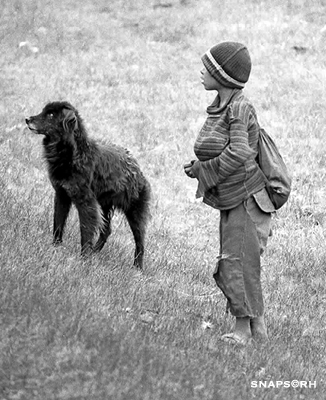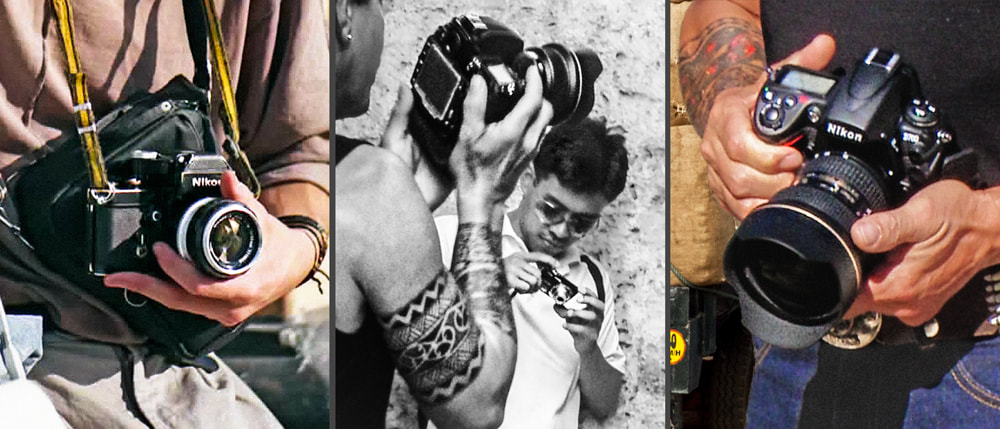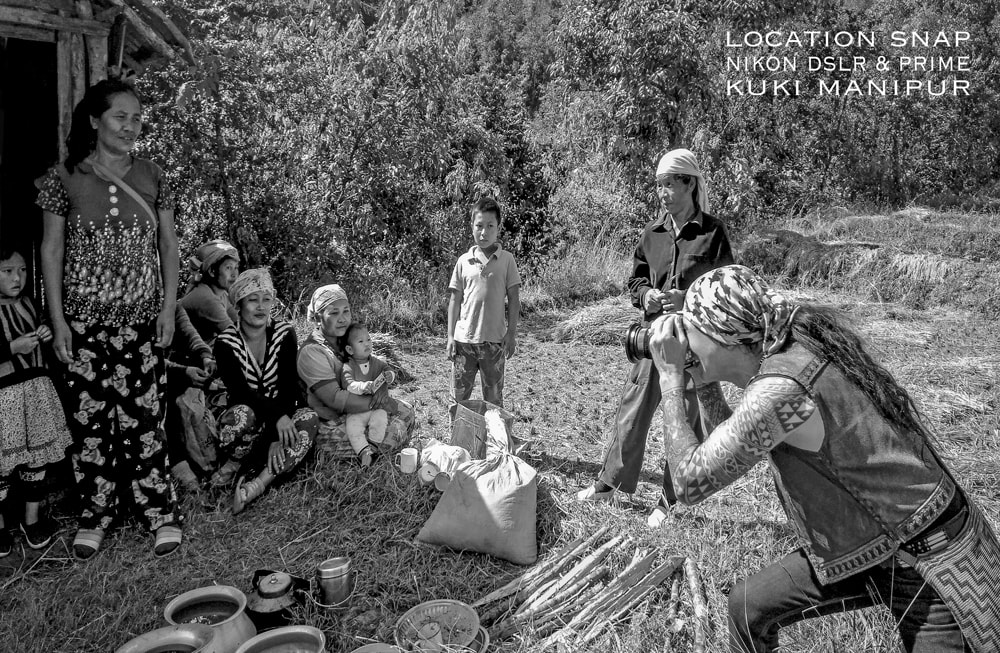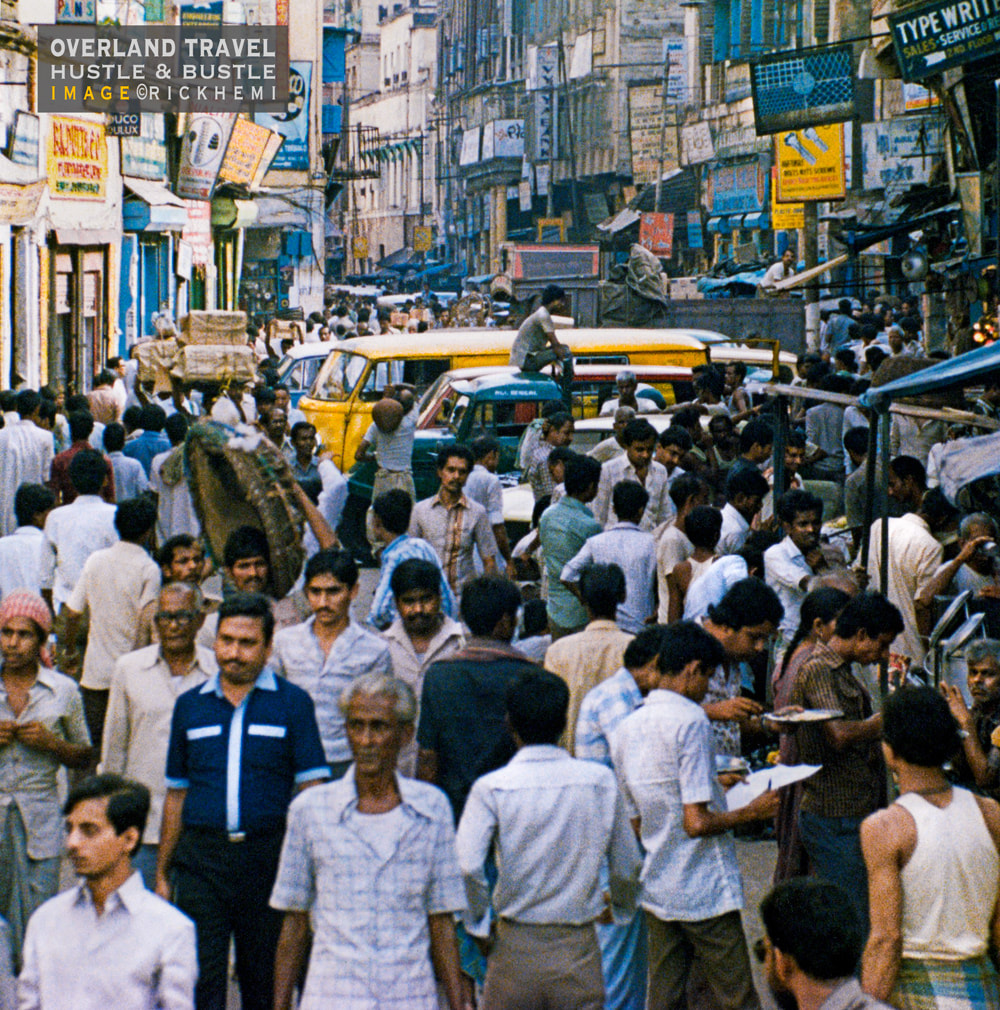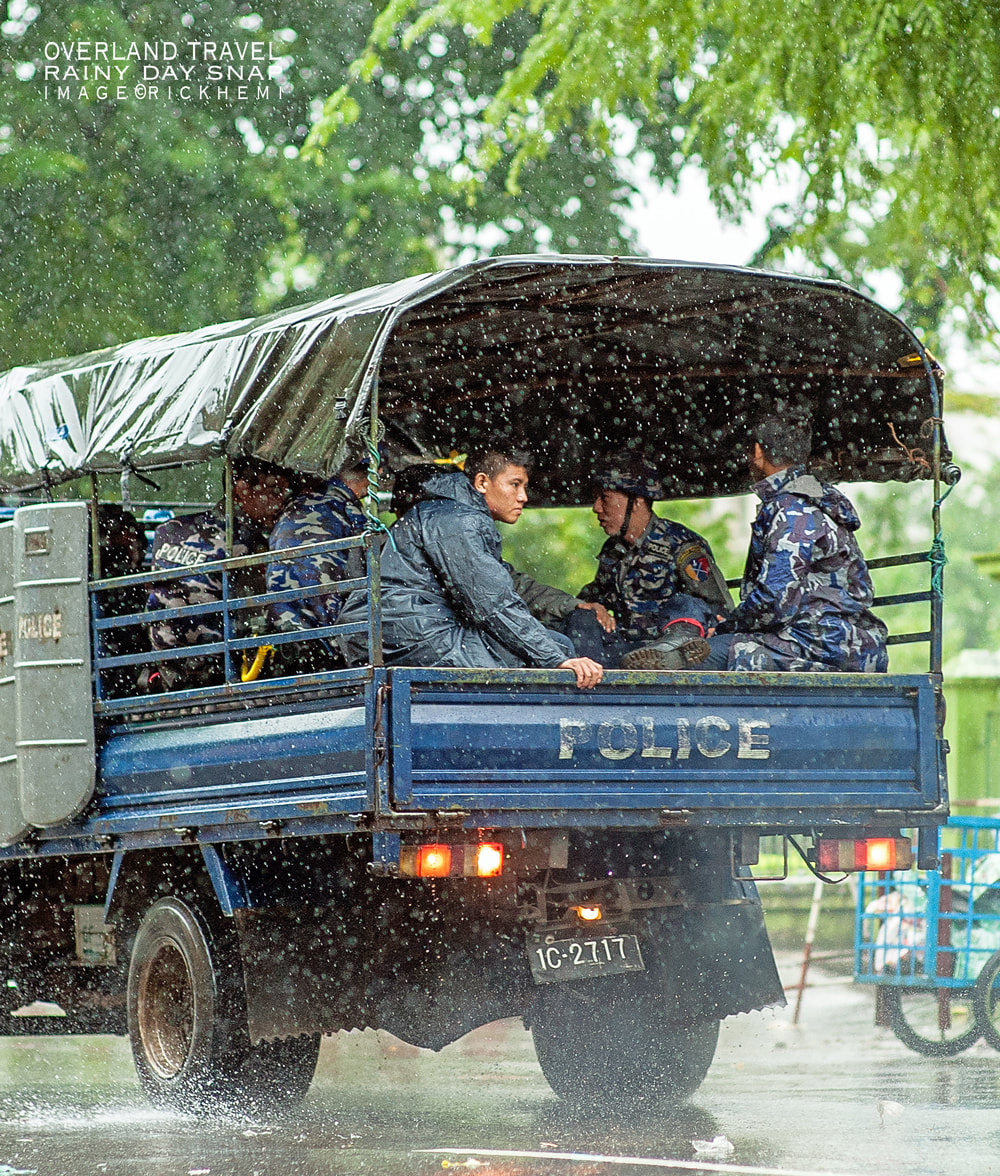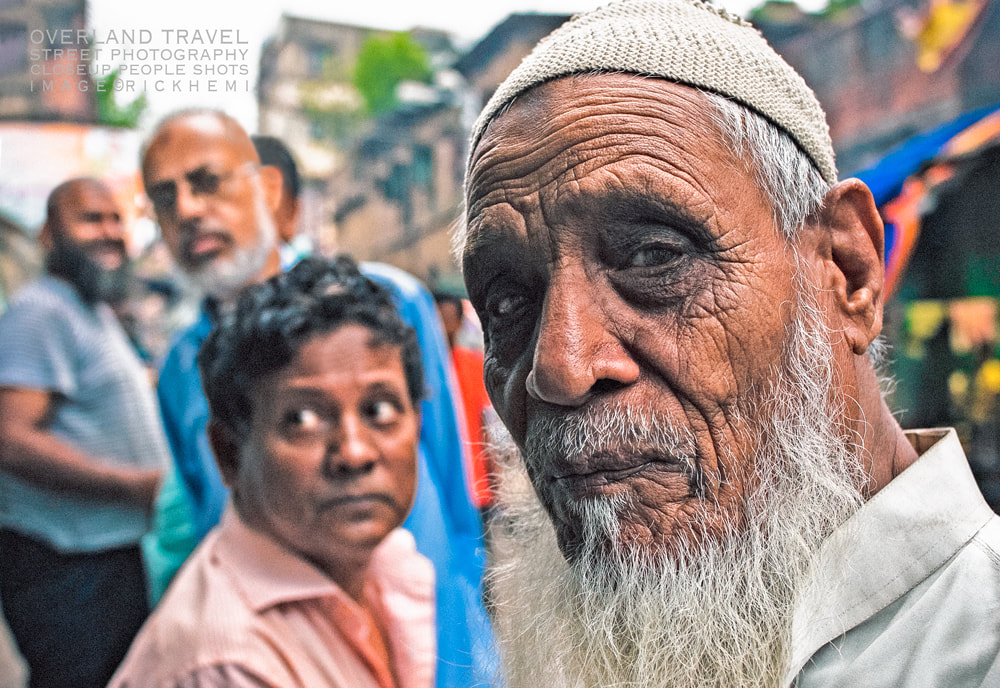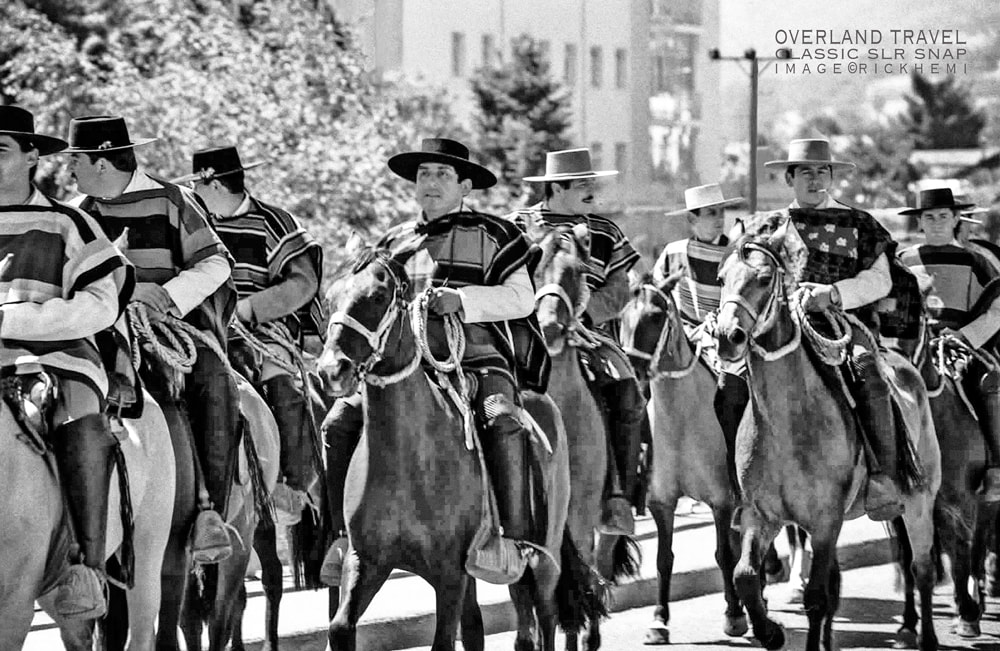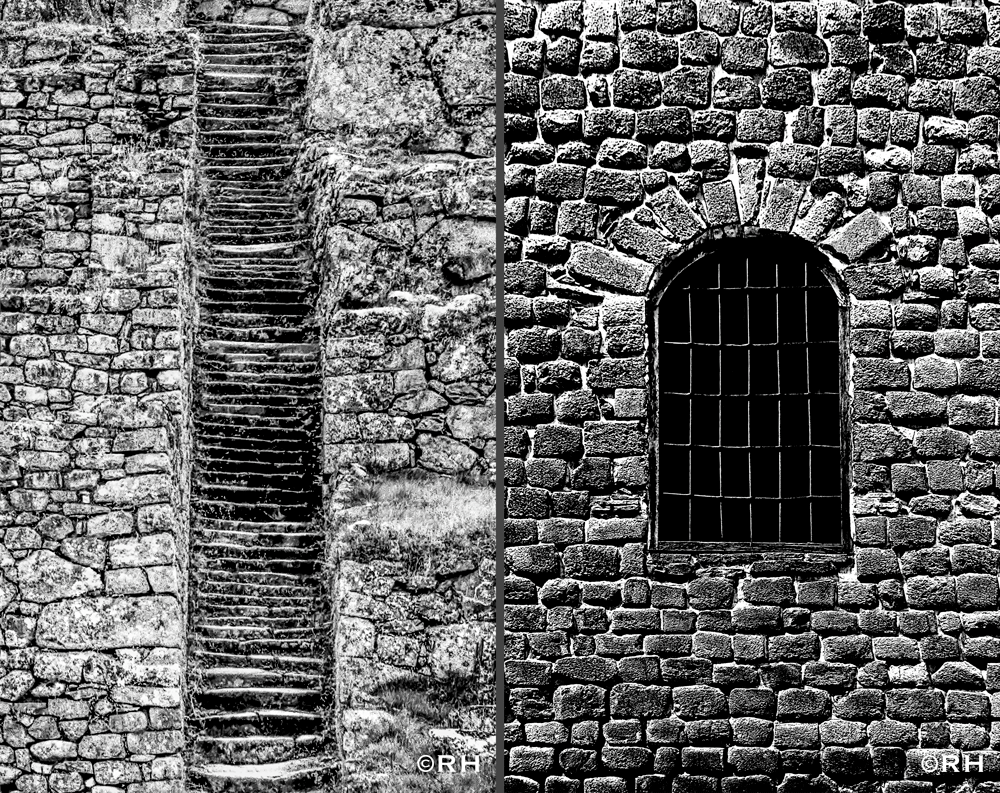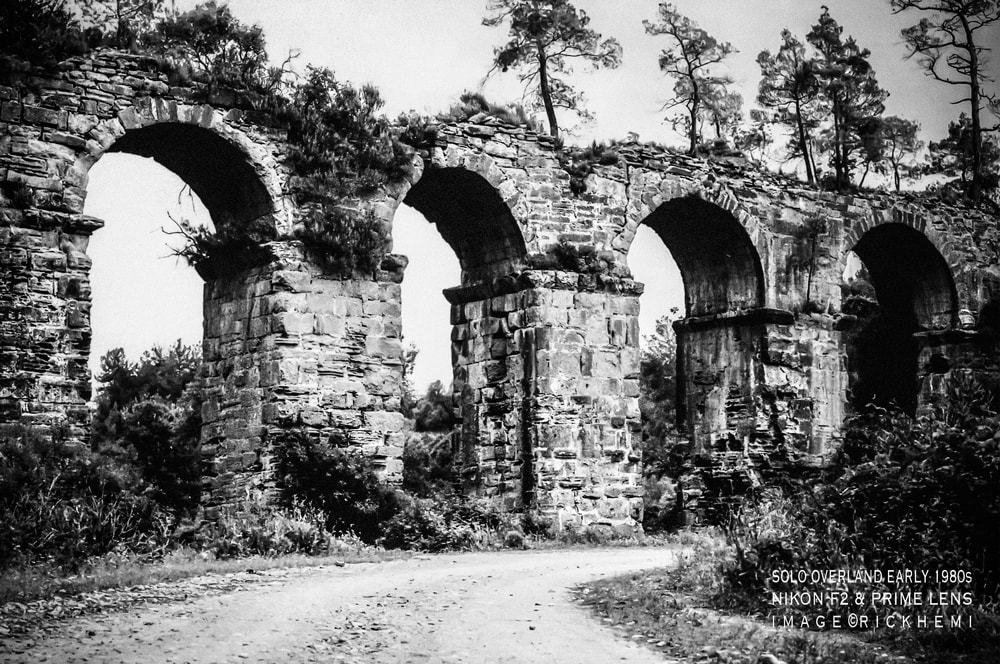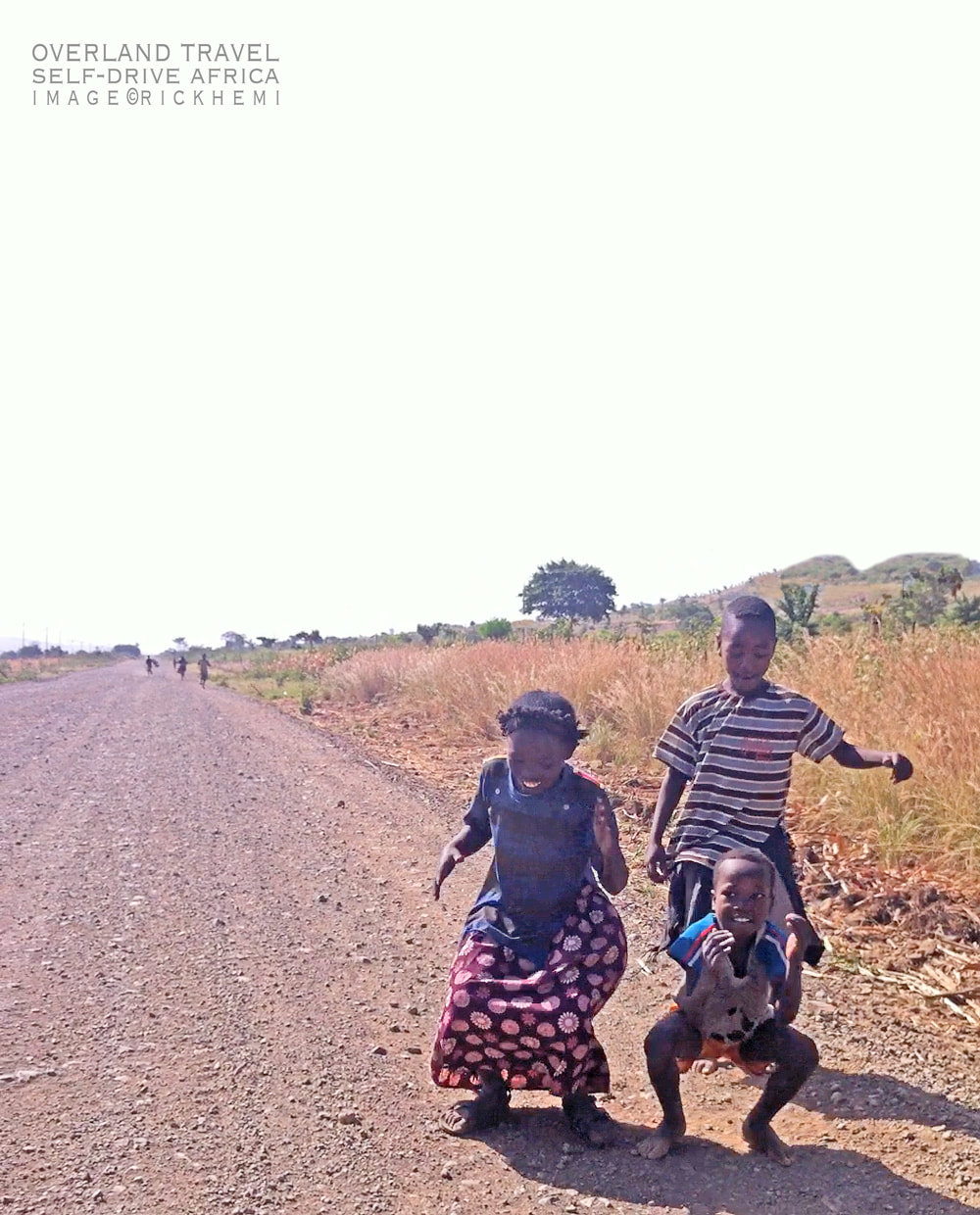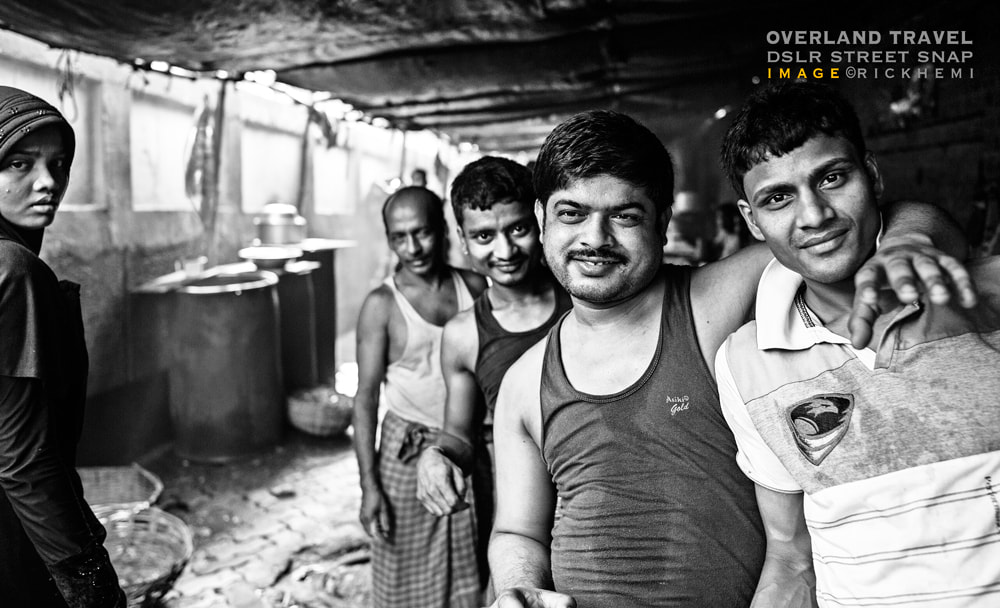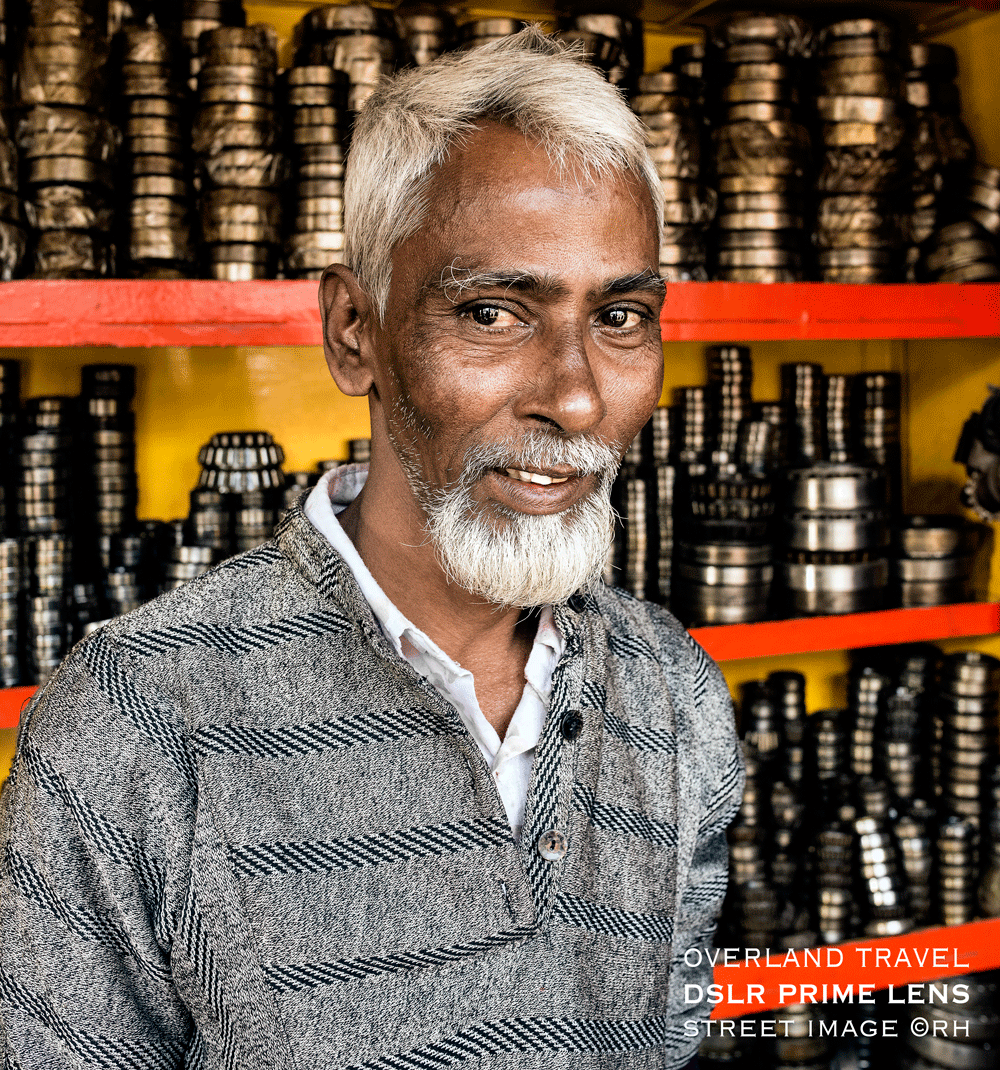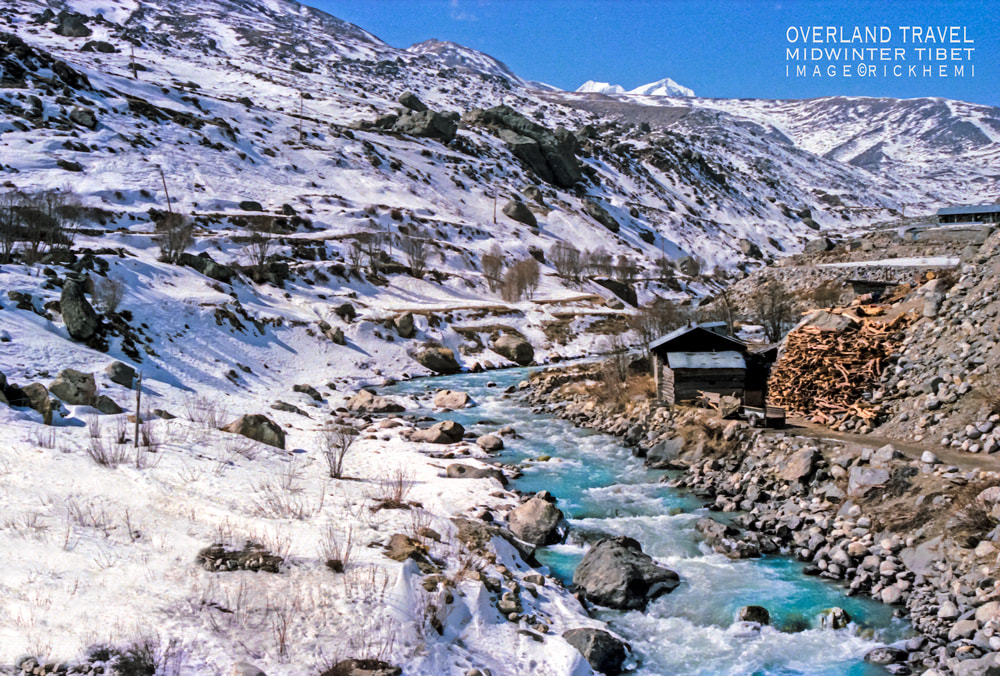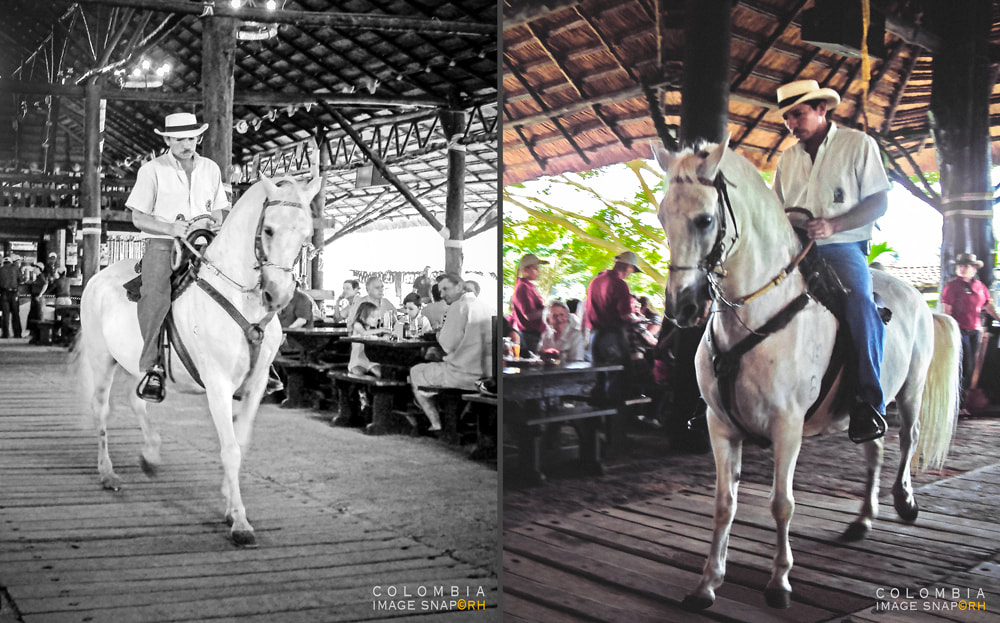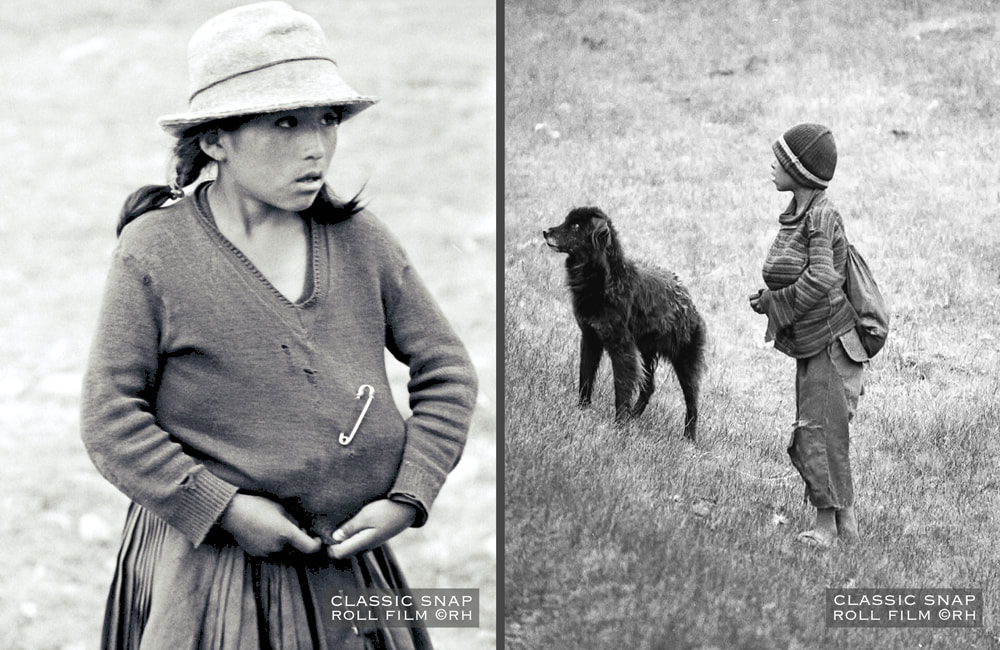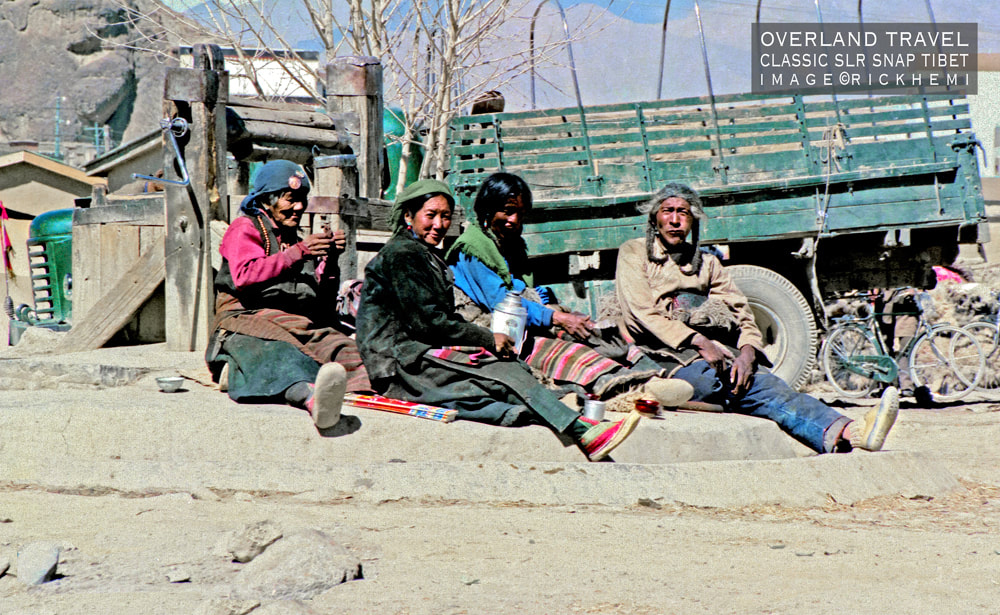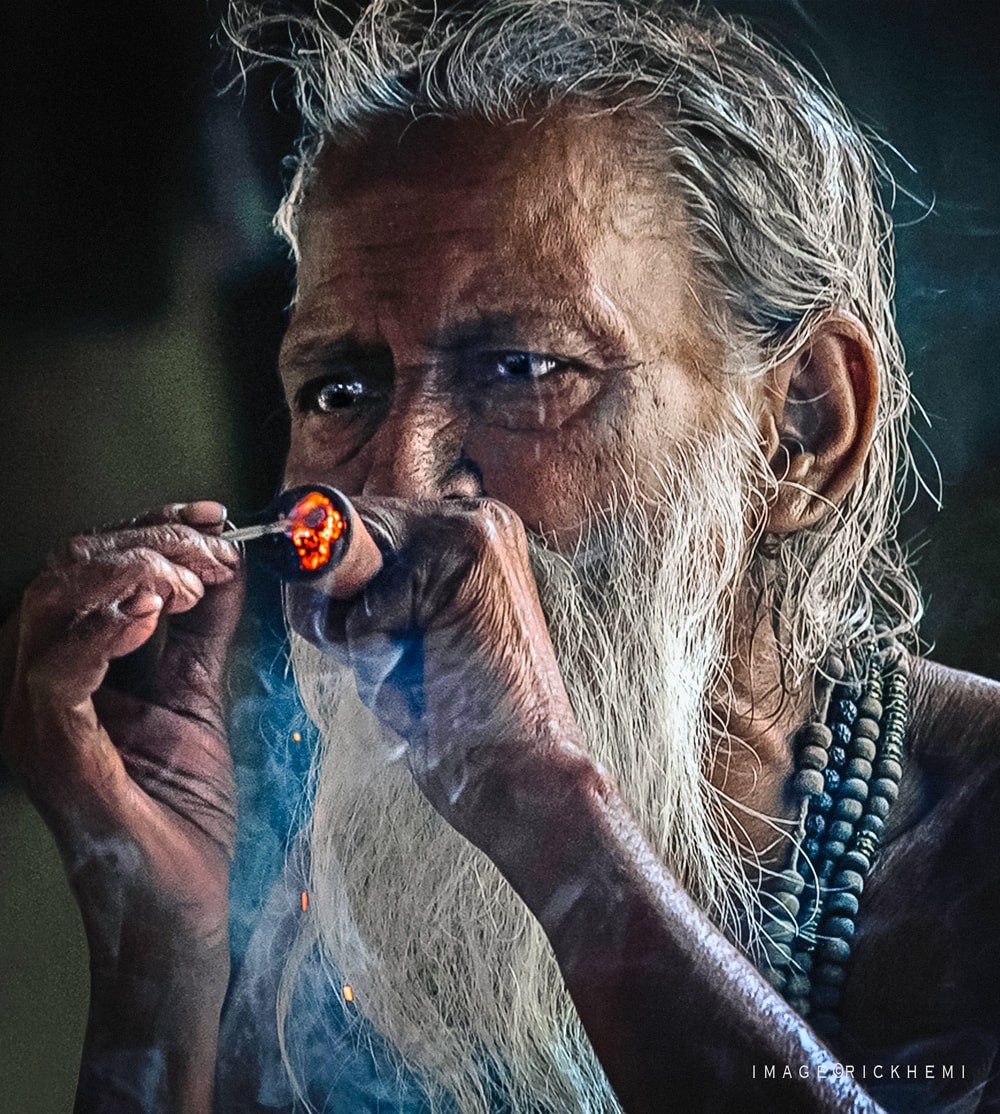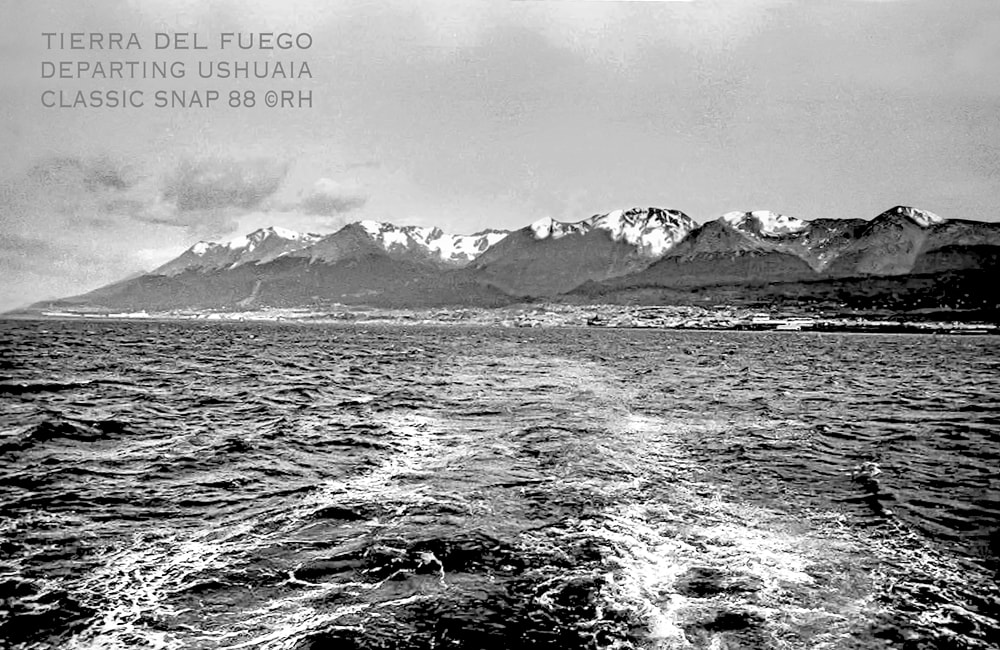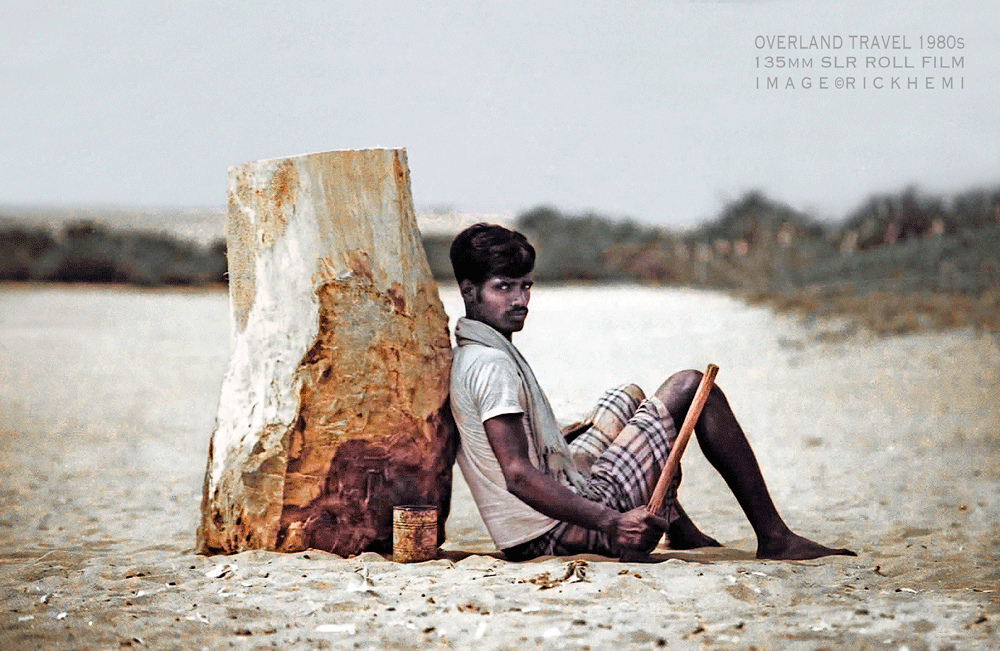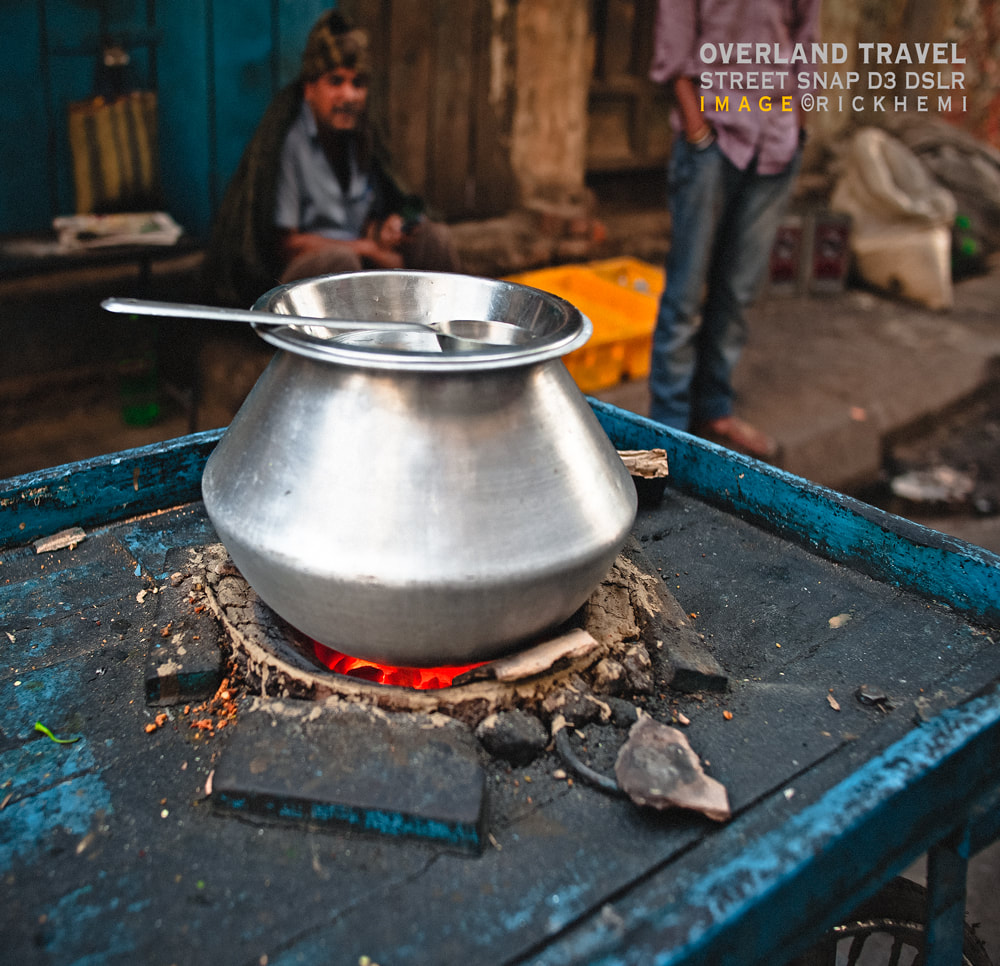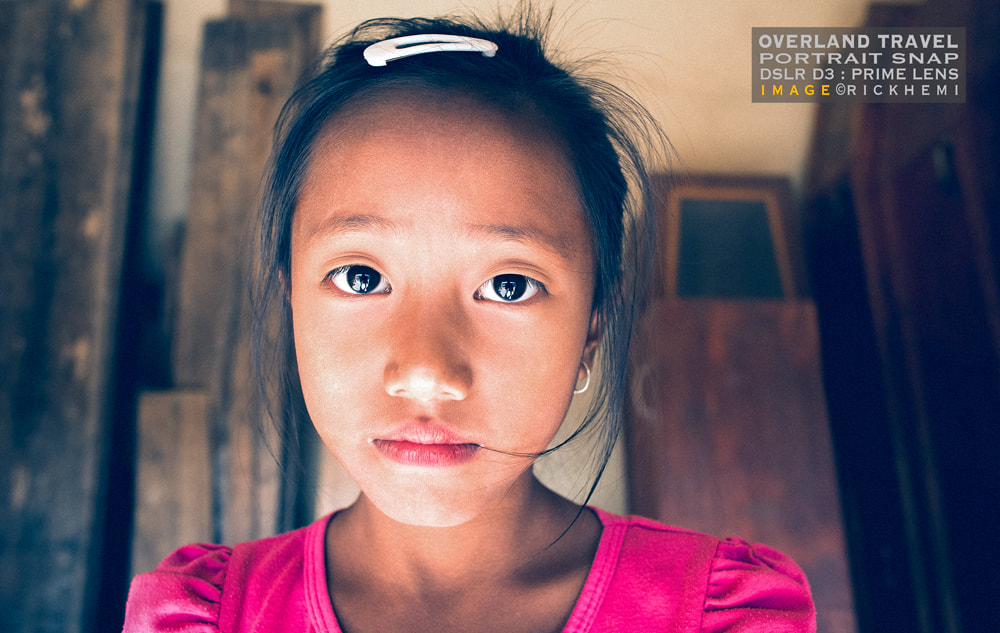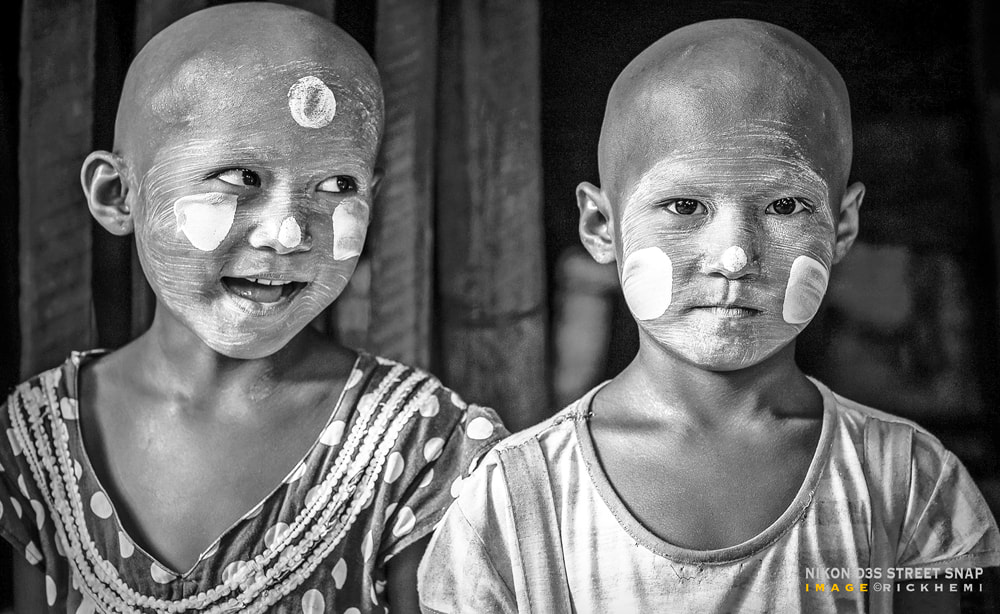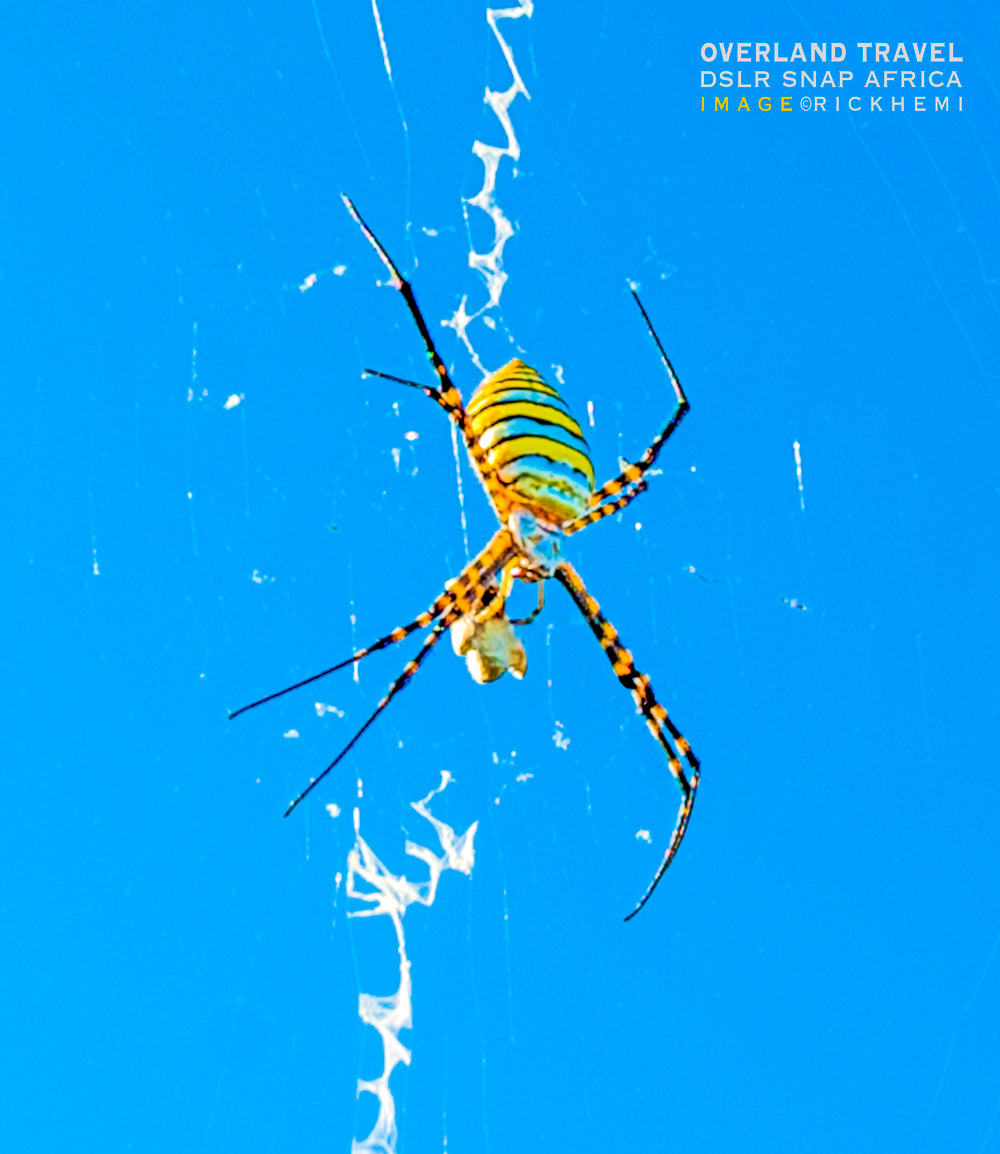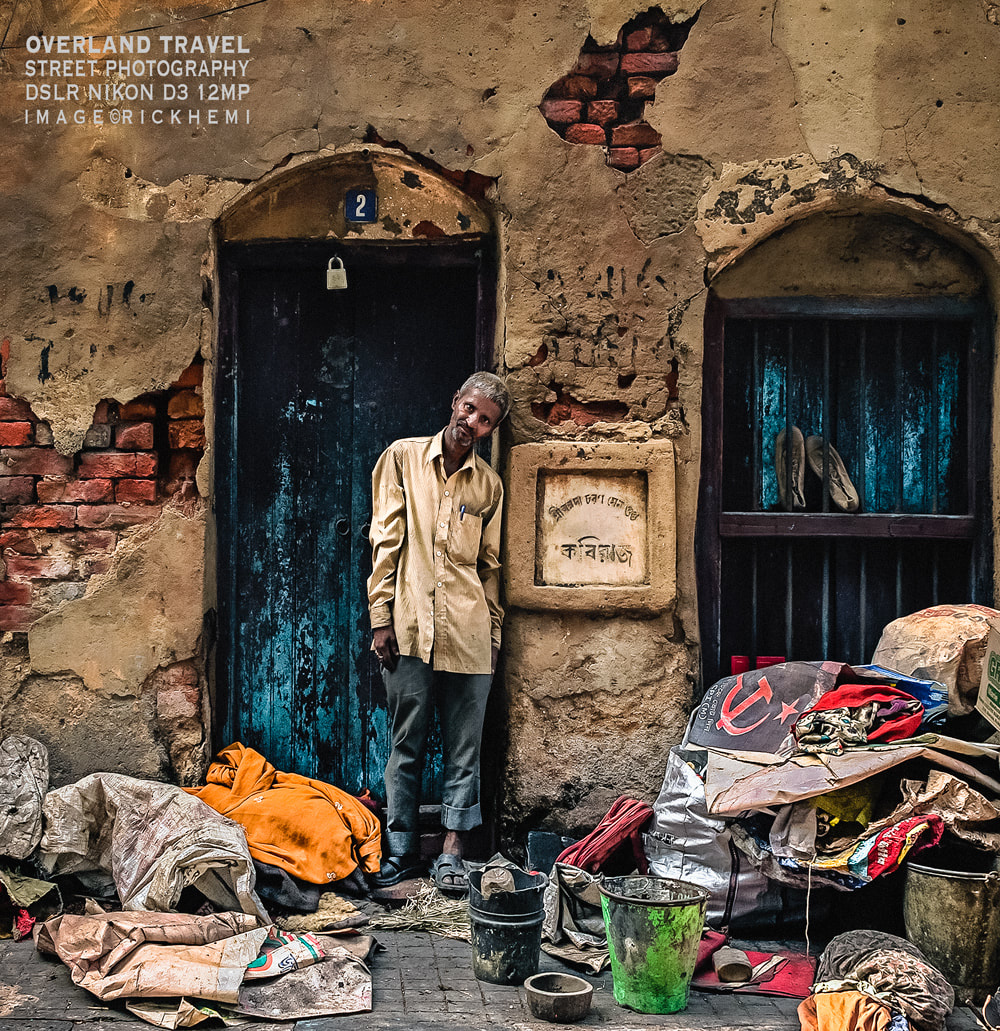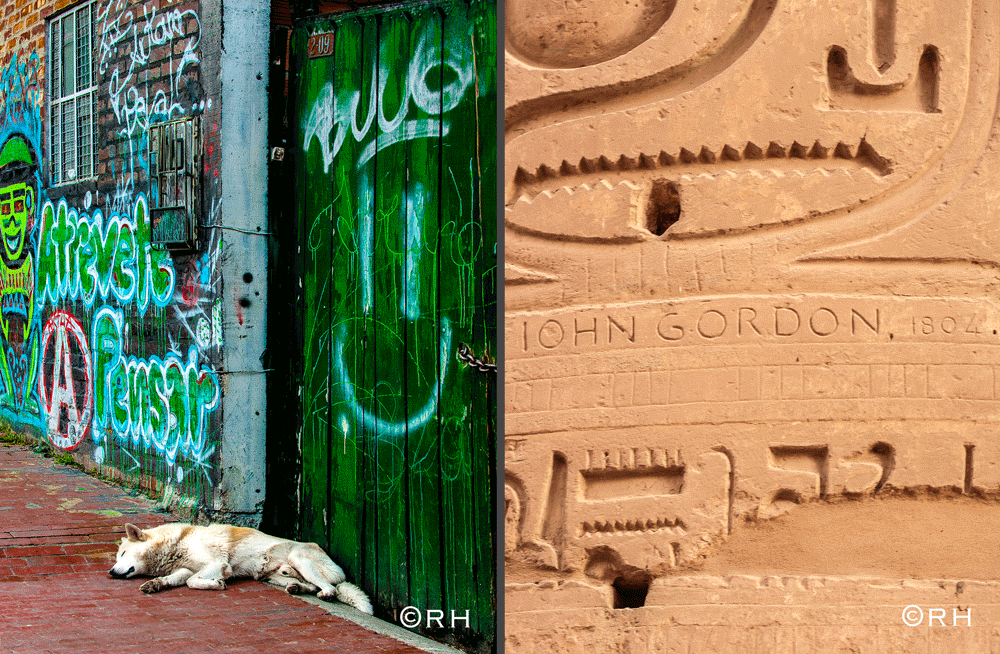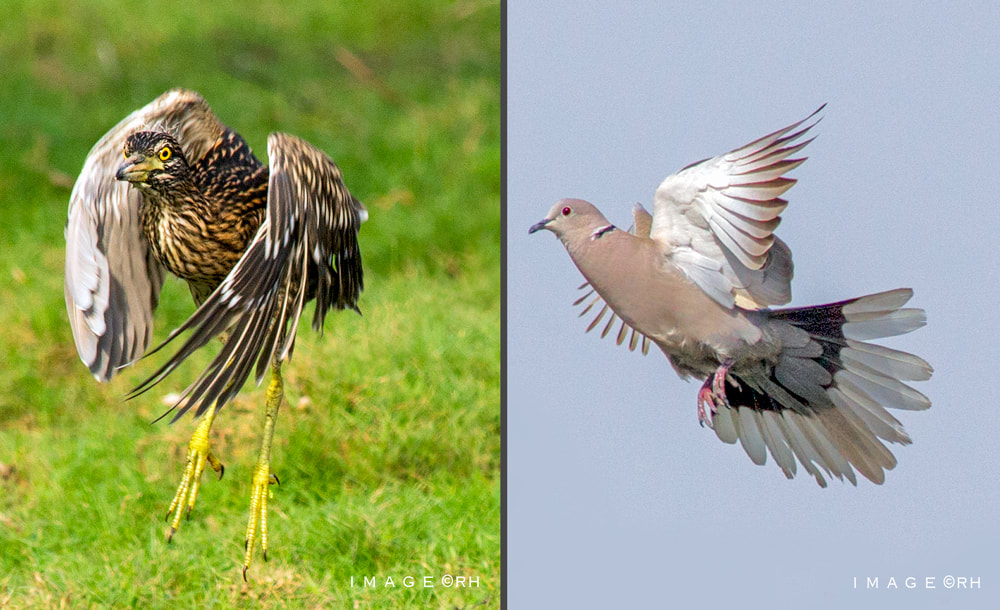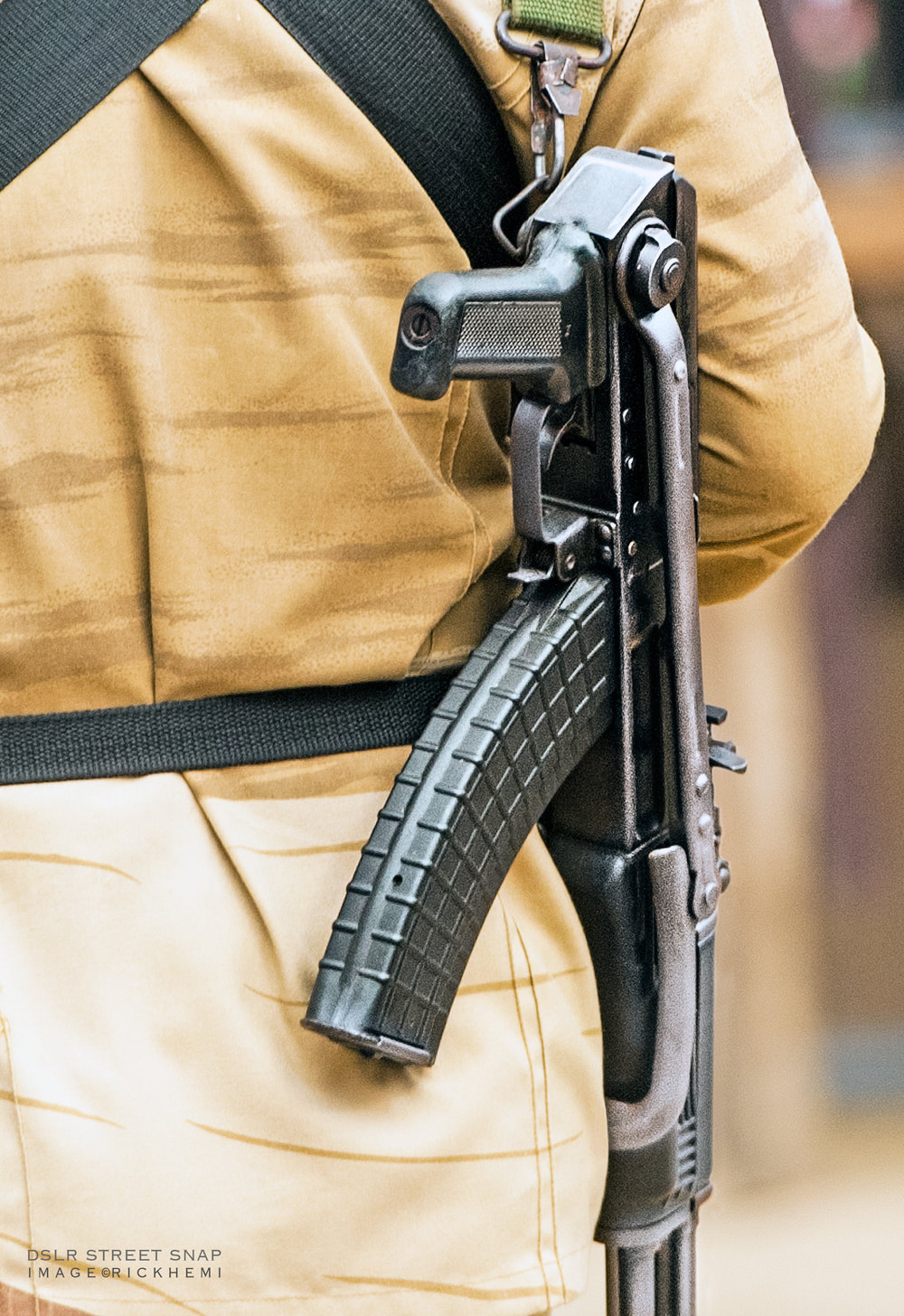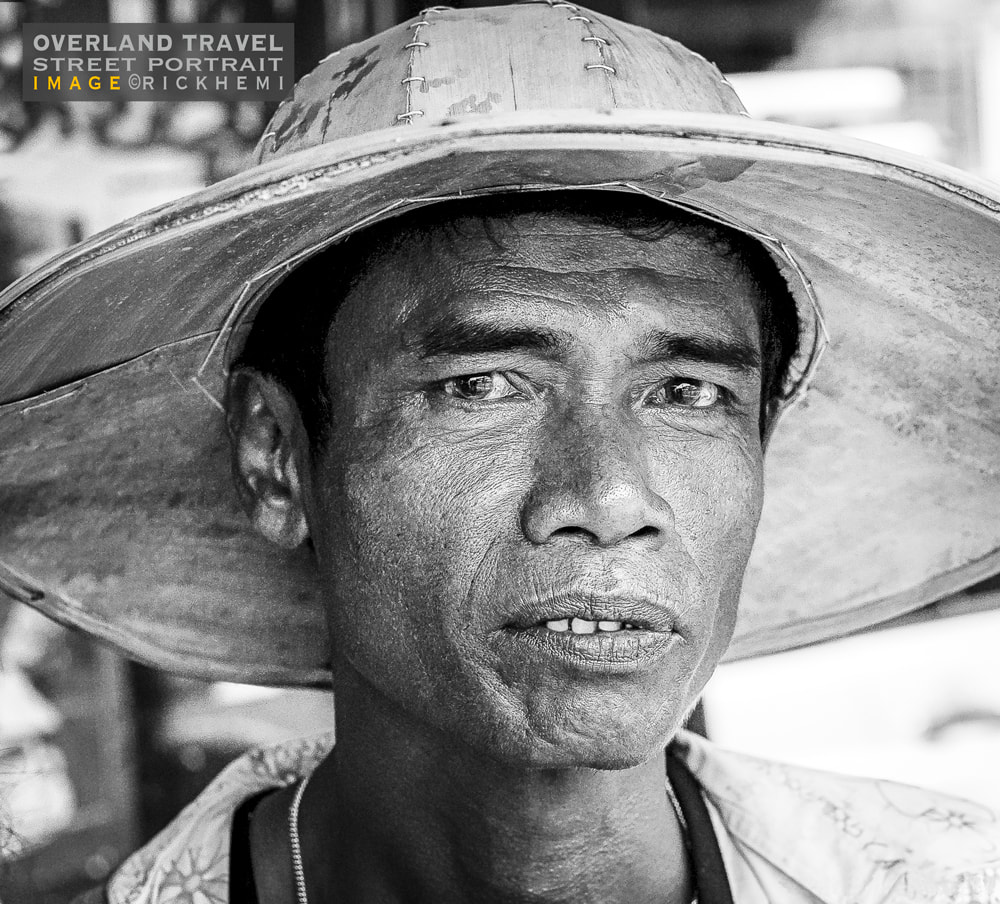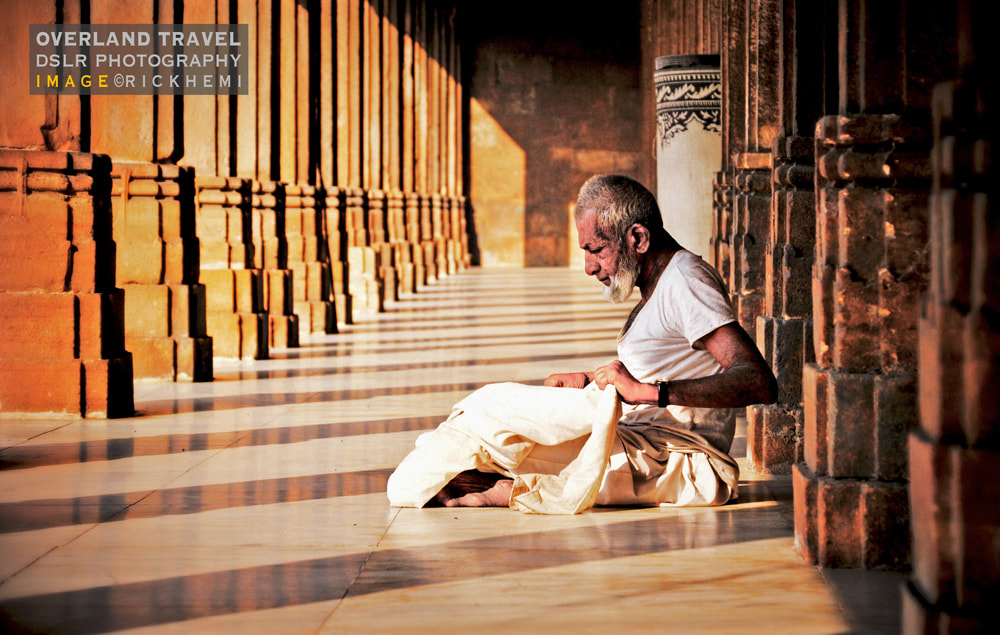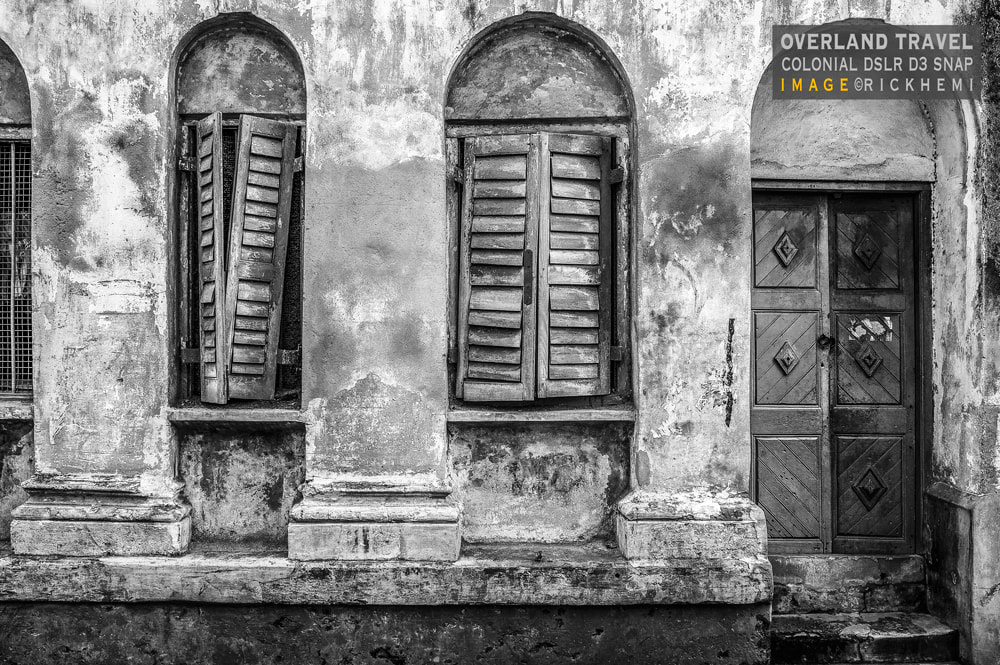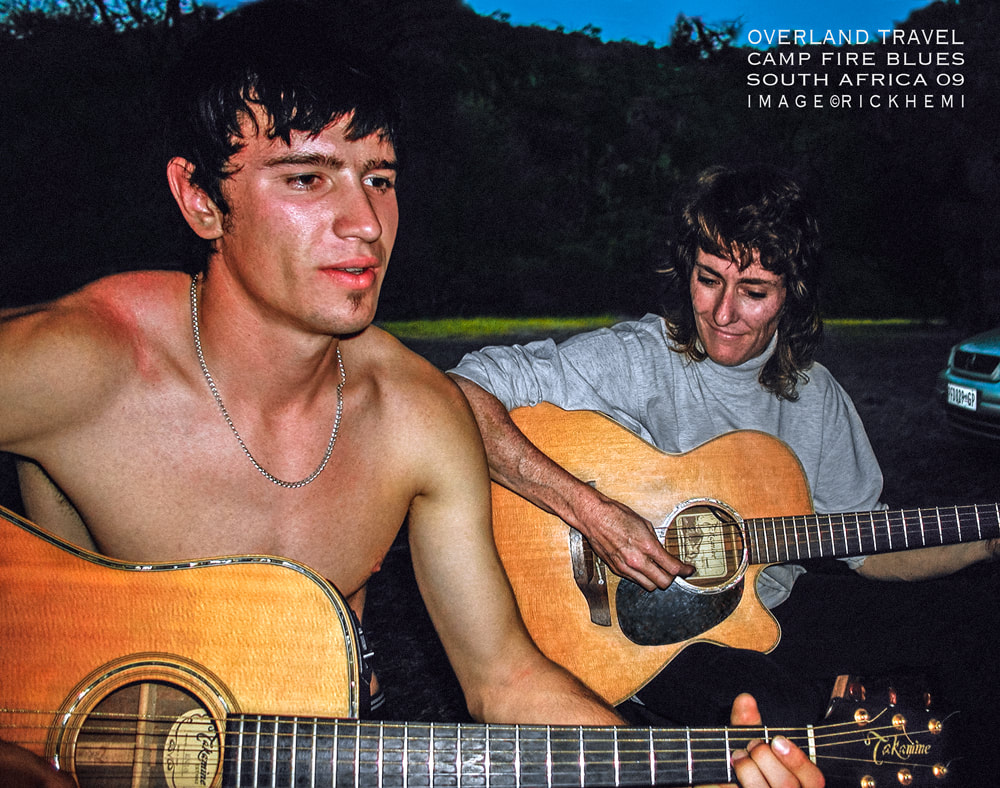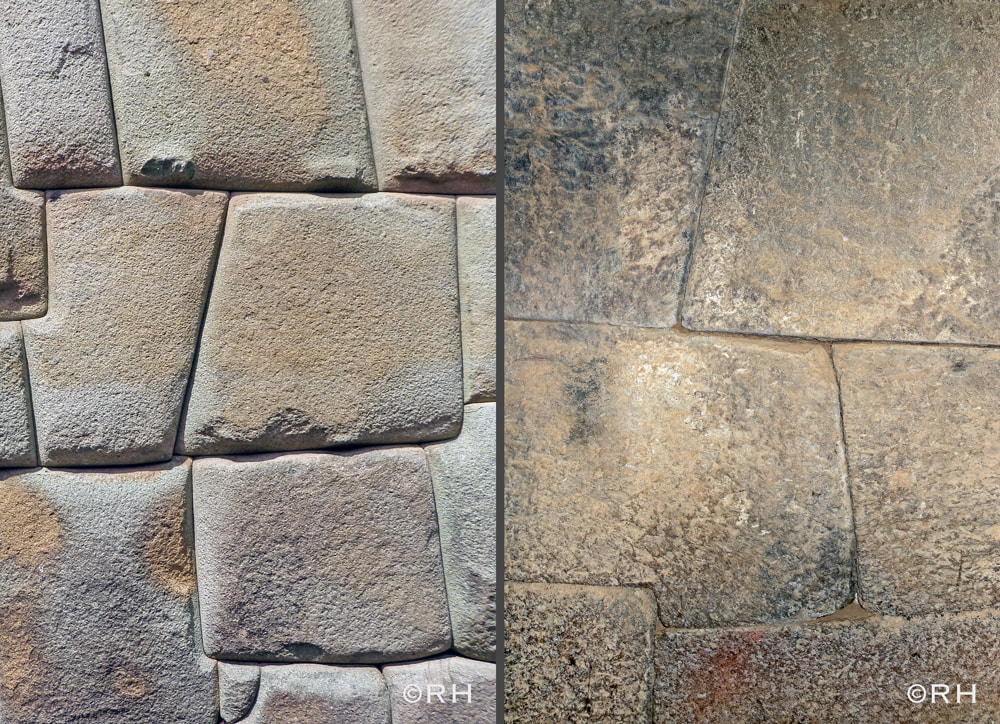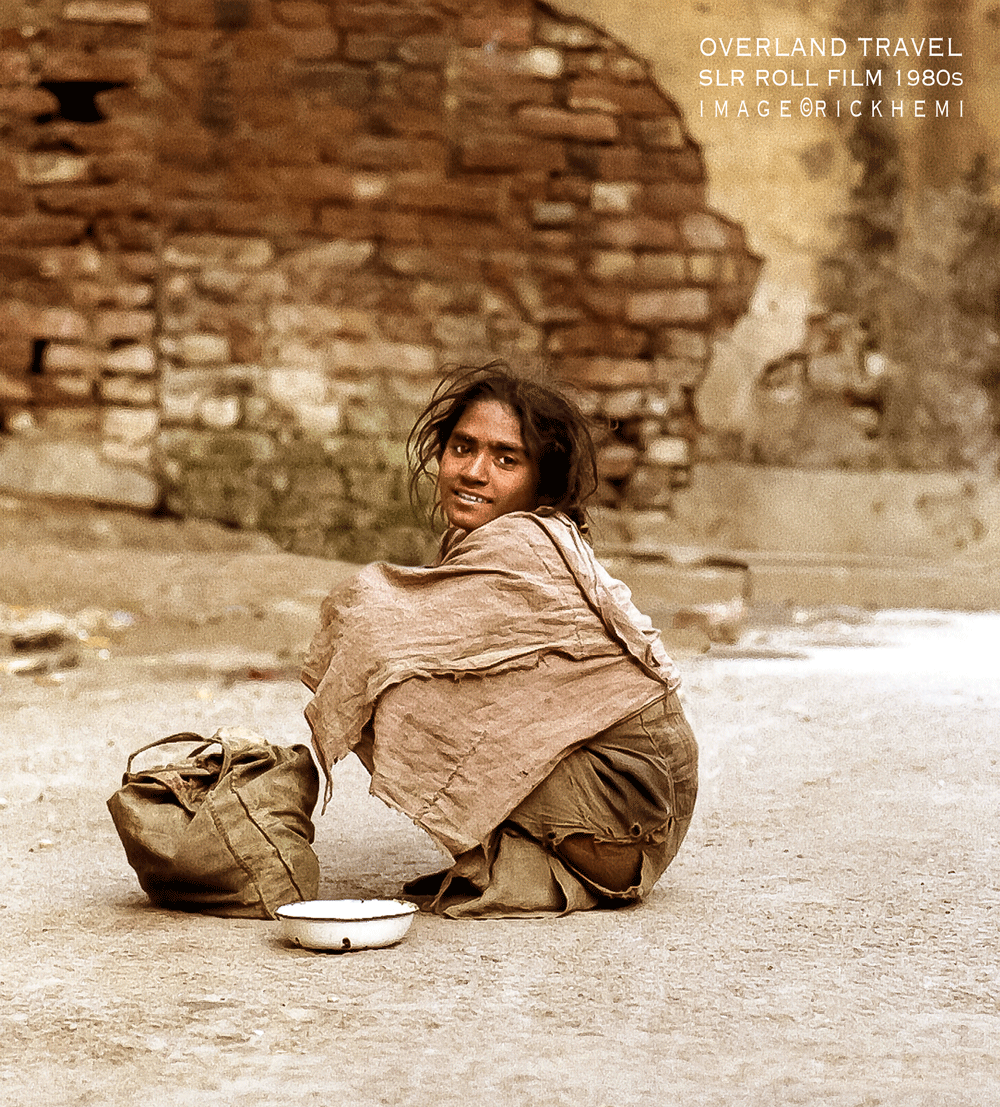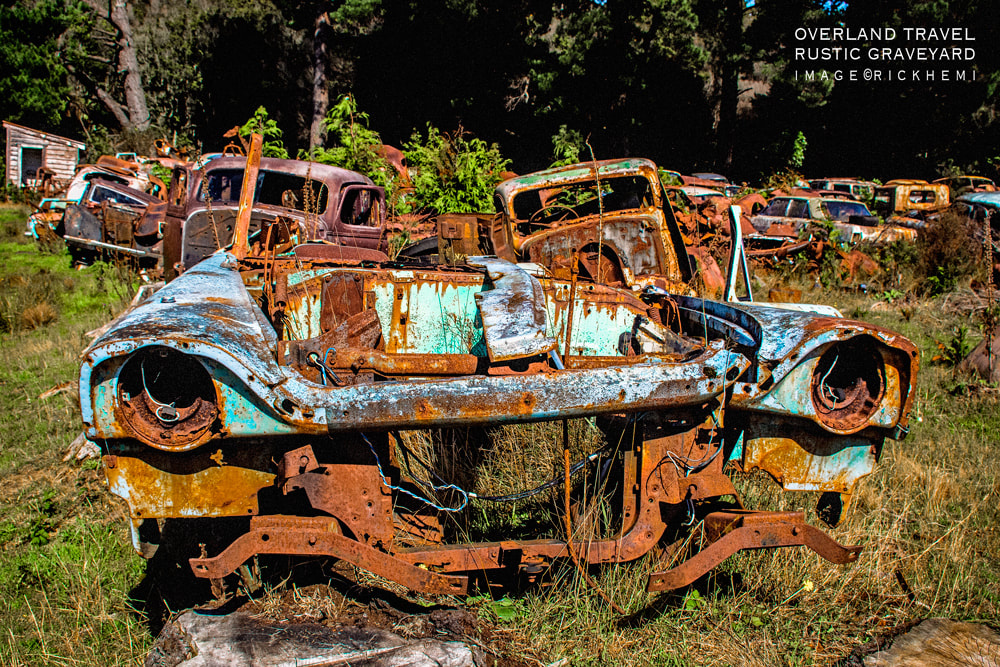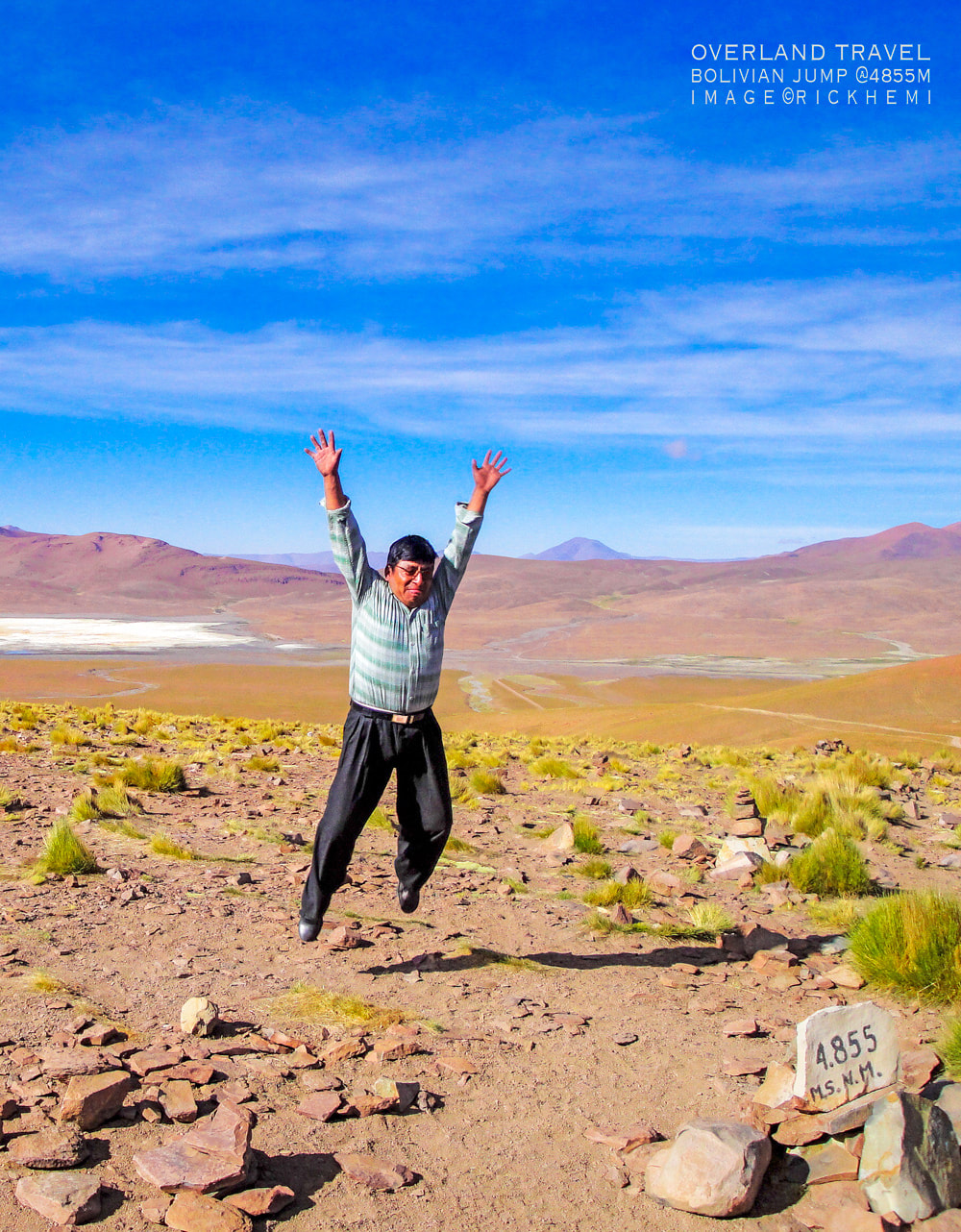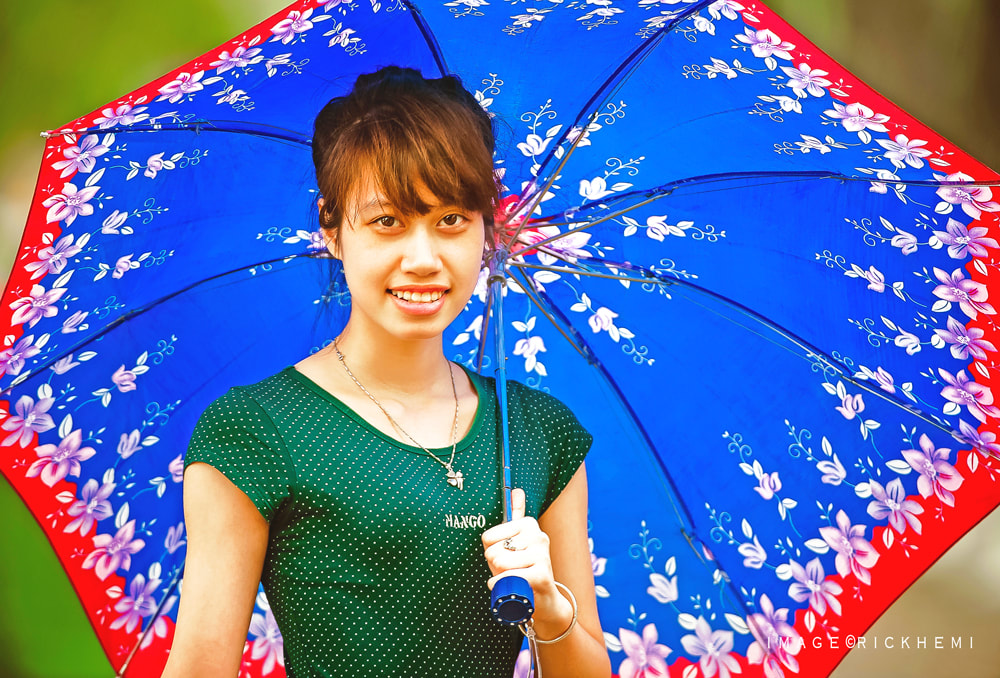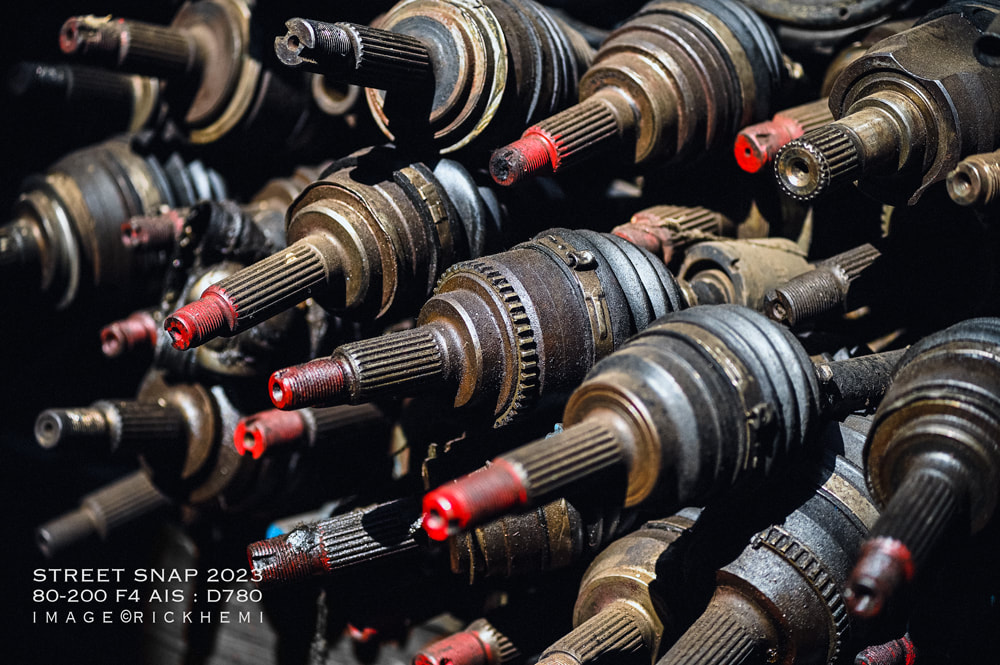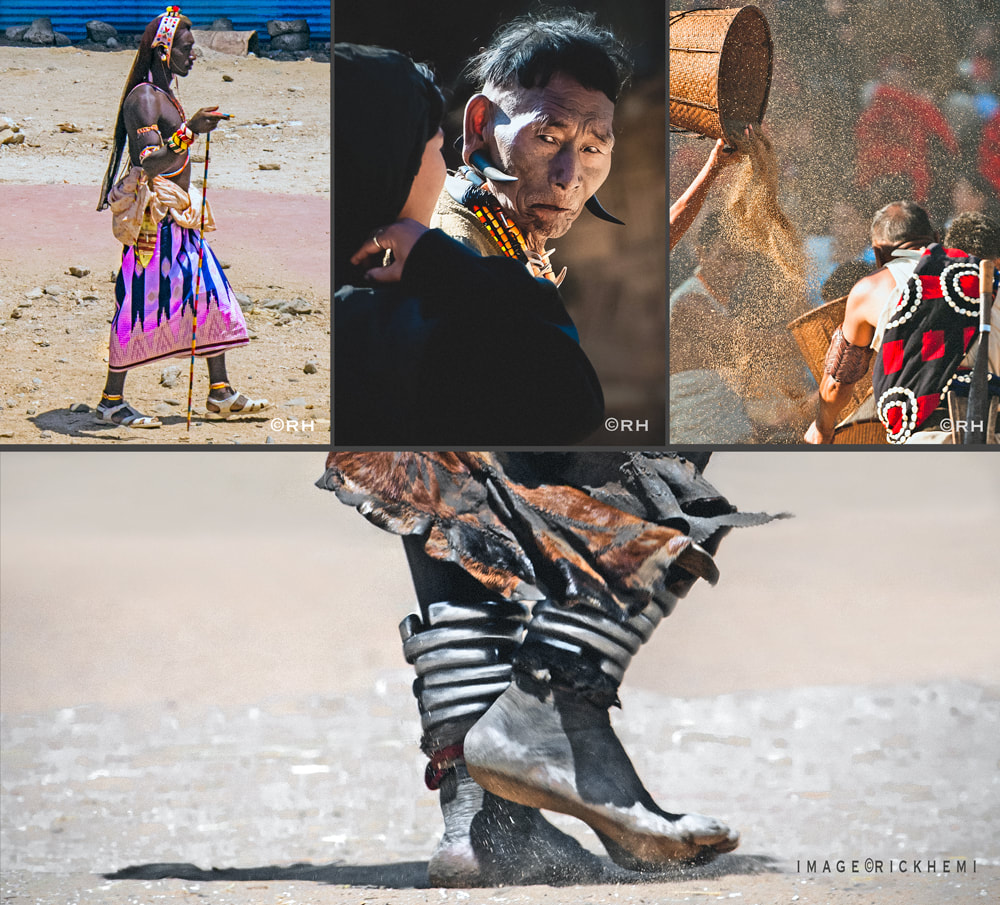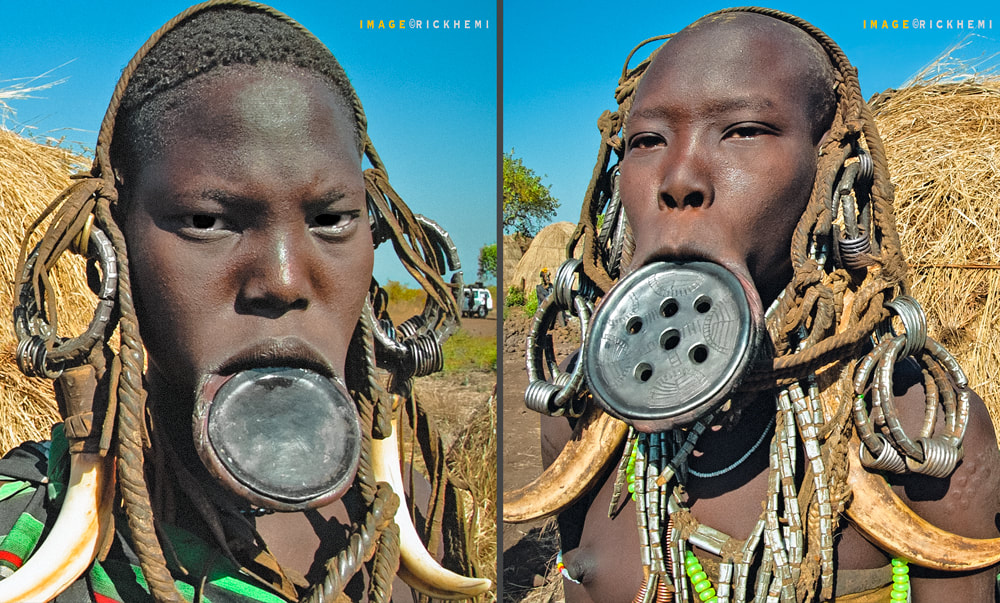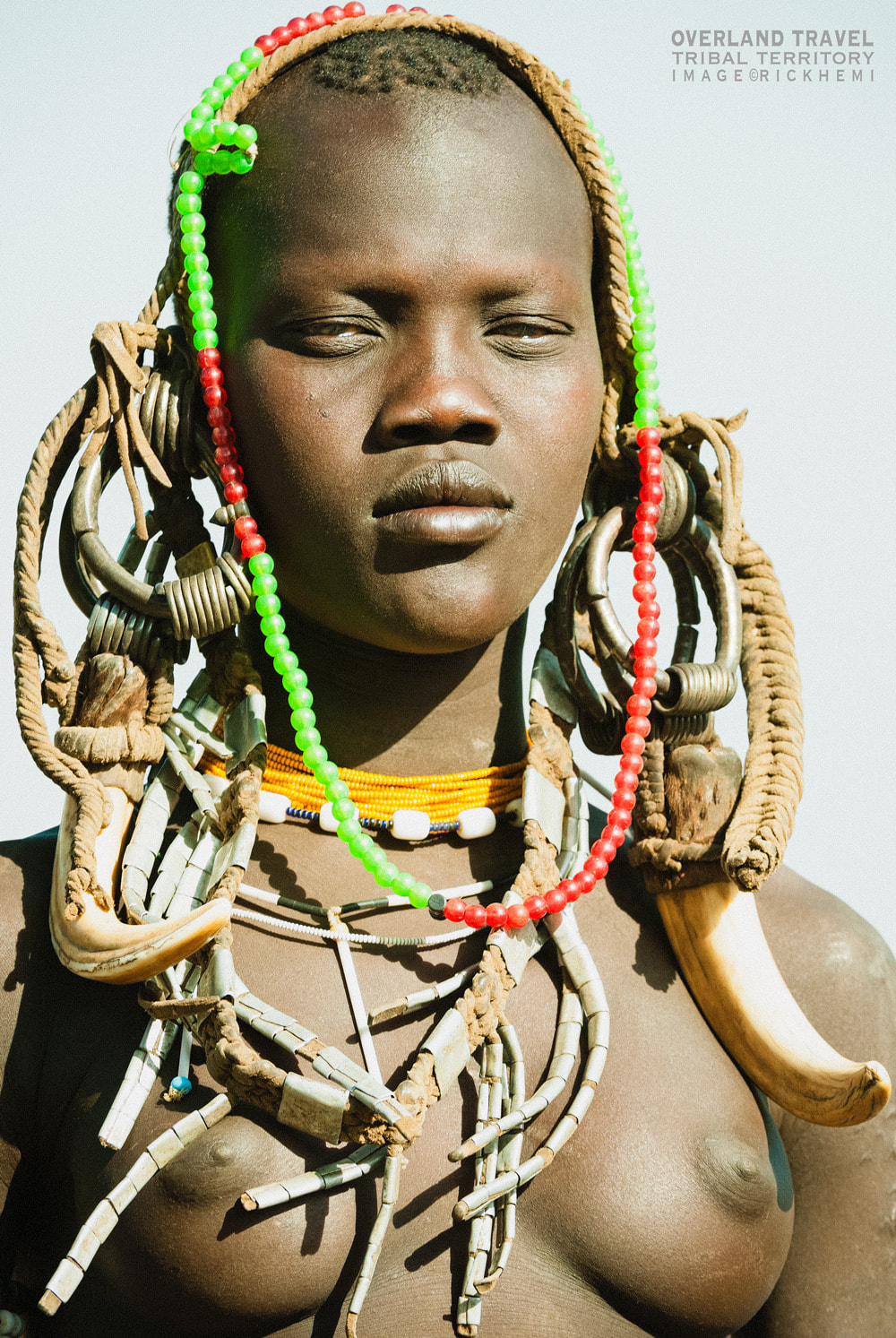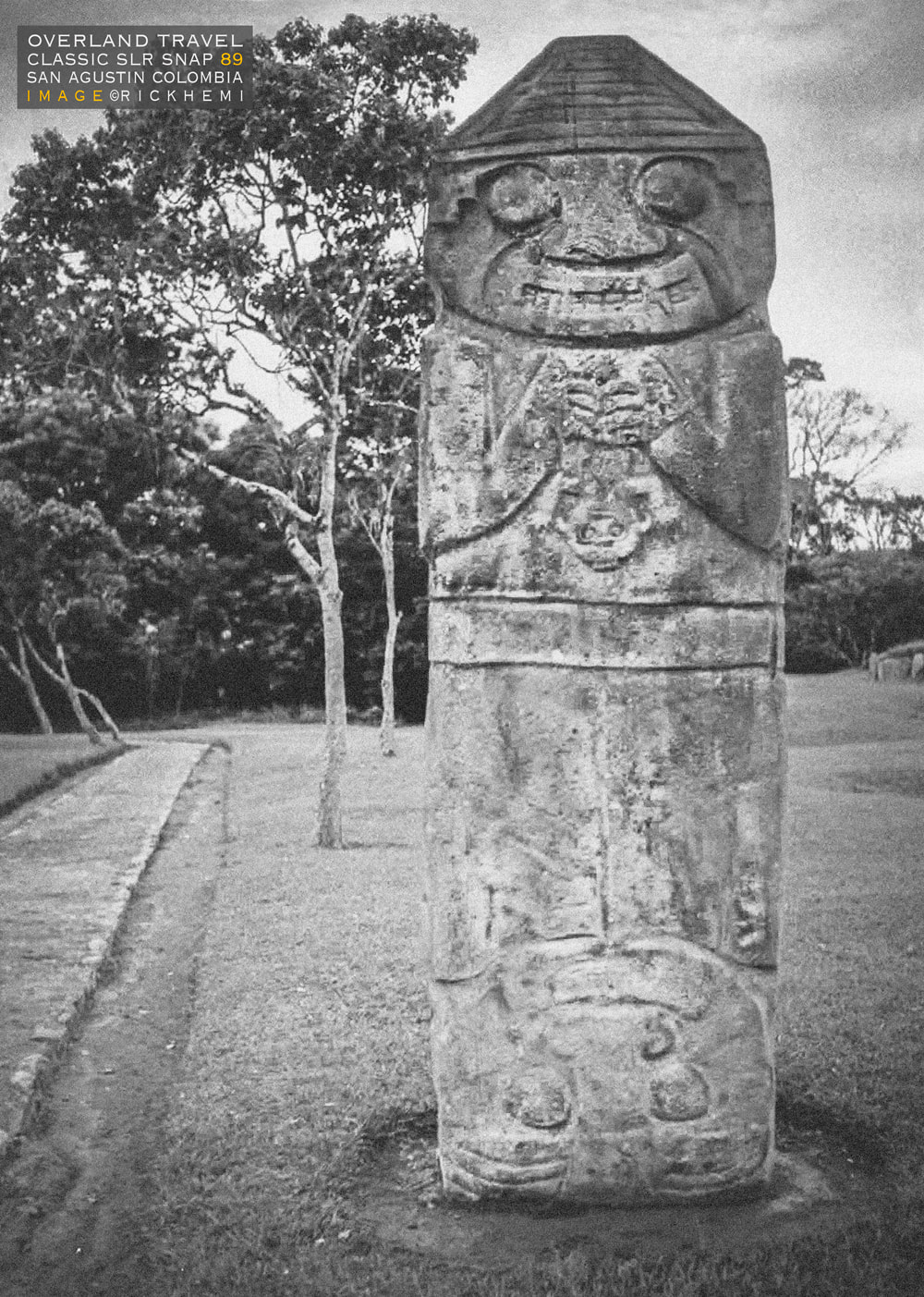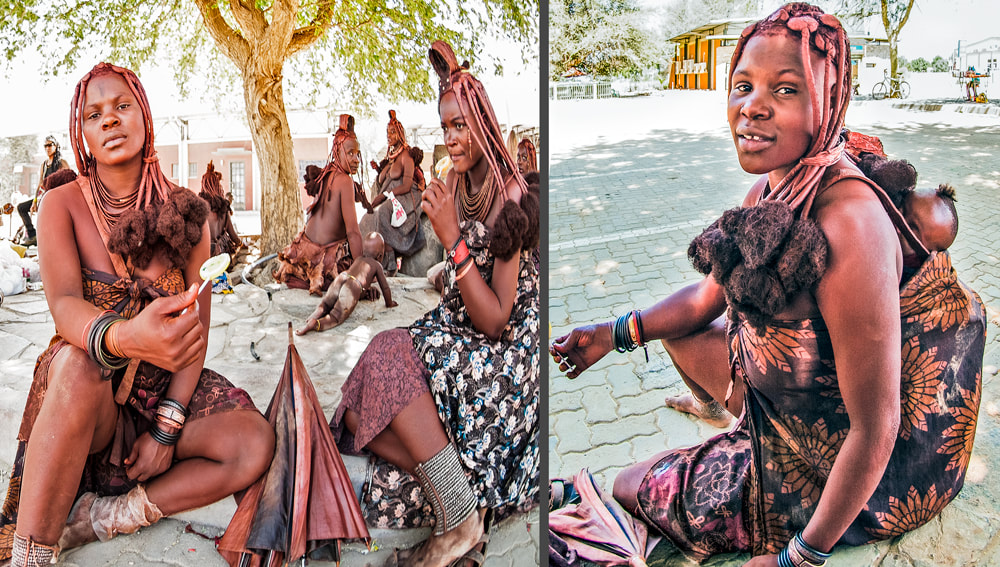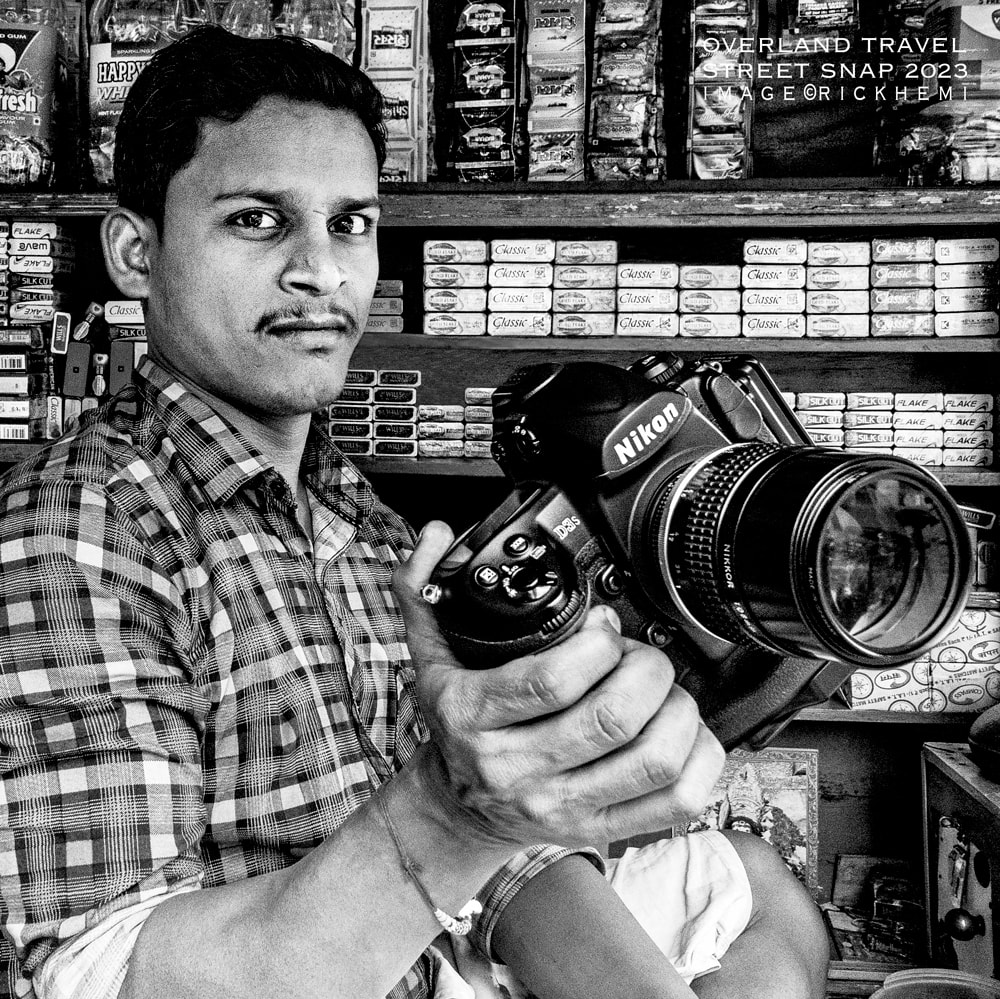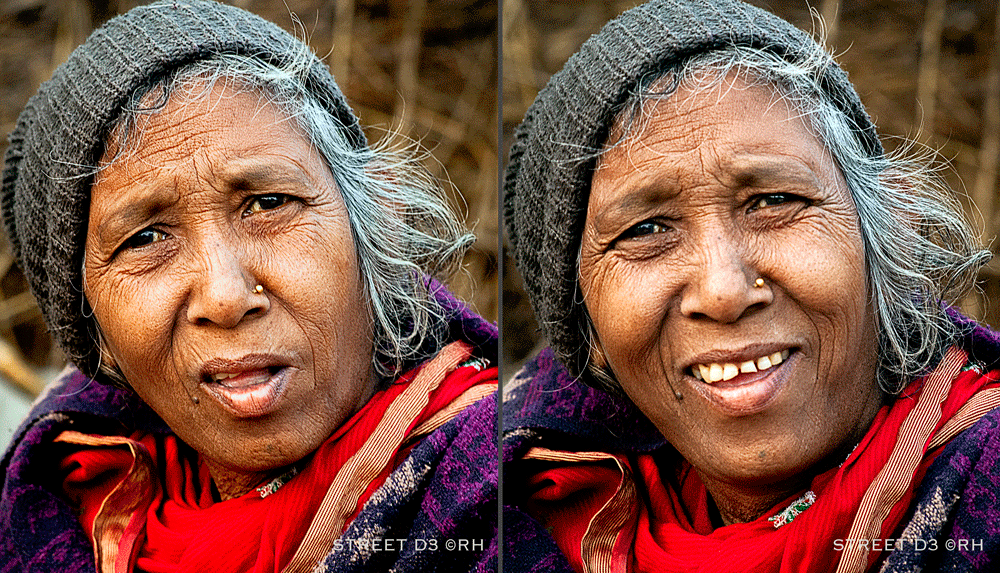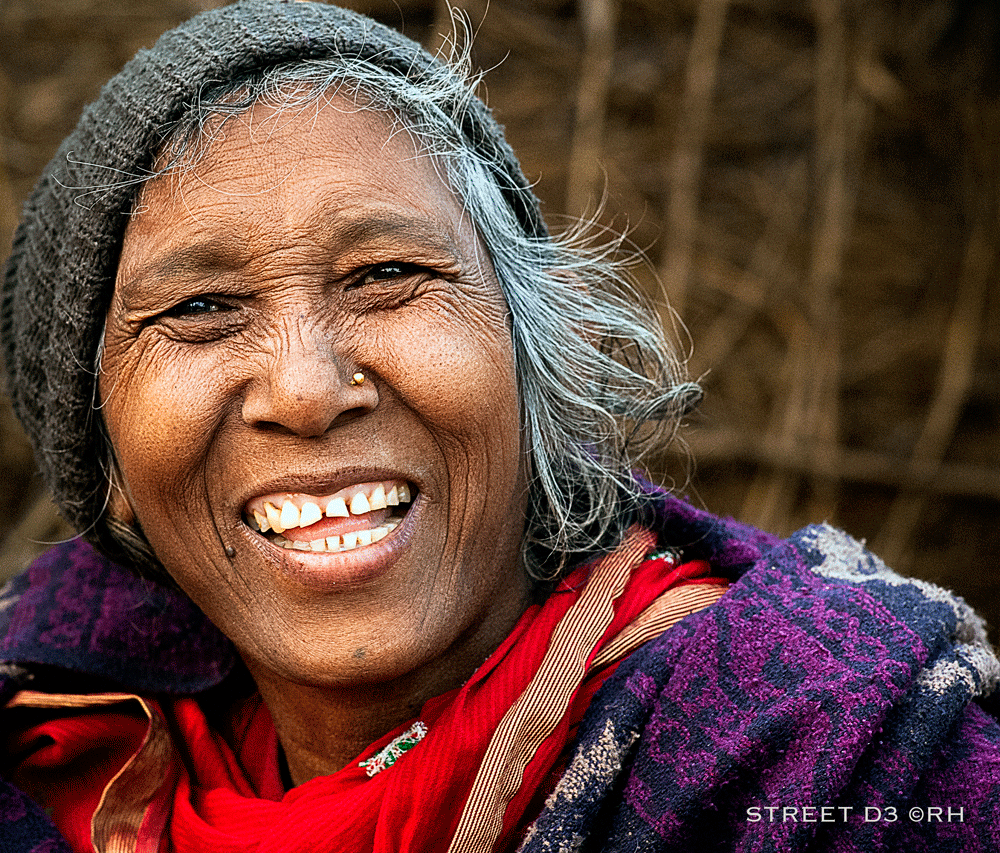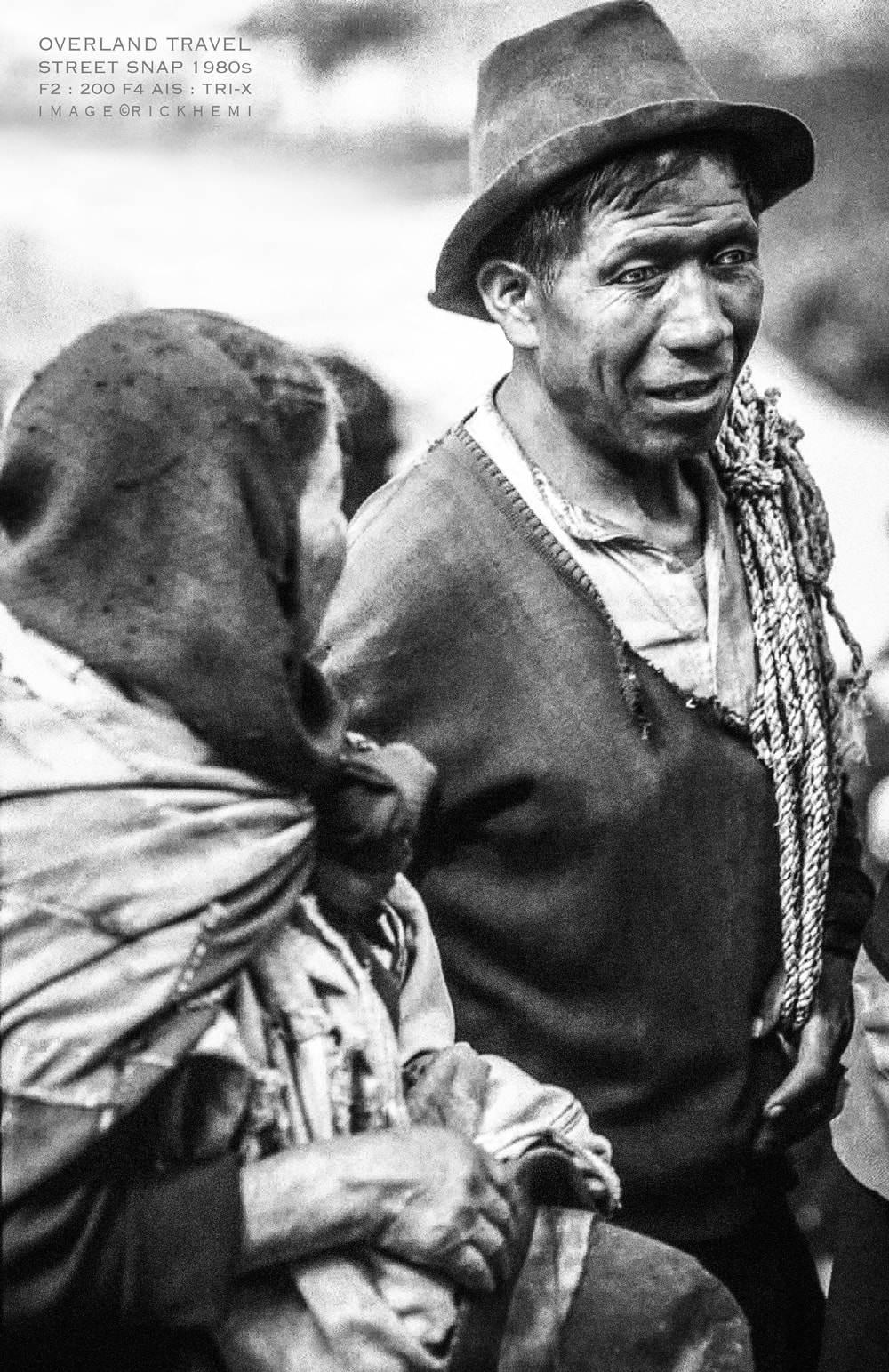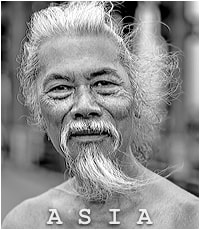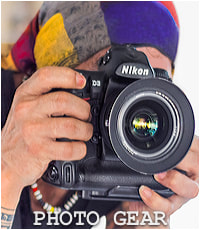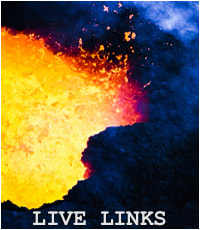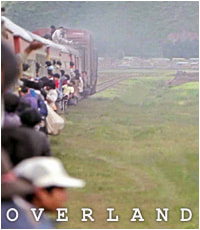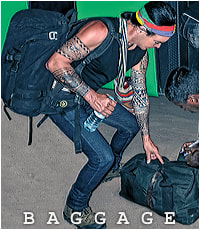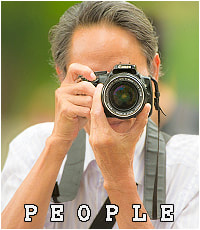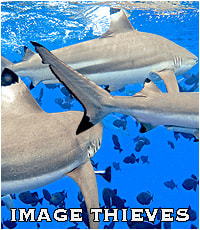Intrepid Overland Travel
Overland Travel - Still Snaps
All Images By Rick Hemi
Those who've also traveled as long as I have will no doubt have taken untold amounts of overland travel snaps through the decades. Images captured years ago may have been subpar, uninteresting or just plain boring. Today, some of those images are probably more satisfying and appreciated. They present unique street captures that are impossible to replicate today, no matter the location, or the photo gear used.
Past travel timelines slowly fade away with newer journeys taking their place. This page is similar to the Overland Transit pages of random street stills and travel snaps captured through continents. Some classic back to the 1980s. The difference between random street snaps and street photography, is subject matter i.e. random don't care shots, soft shots, grainy shots, maybe shots, bad composition, blurry point & shoot shots etc. I created this website, as an overland travel photographic library, containing cluster with no order. That's how the real world of overland travel is, chaotic, messy, noisy and unpredictable. Only seasoned street photographers will notice the difference between good, average to subpar captures throughout the entire website.
I first created this website, as an overland travel photographic library, containing cluster with no order. That's how the real world of overland travel is, chaotic, messy, noisy and unpredictable. Only seasoned street photographers will notice the difference between good, average to subpar captures throughout the entire website.
Switching from roll film to digital cameras was delayed until Nikon produced their first affordable full frame DSLR body — the D700. I had traveled overland using two D700s through three continents having zero issues. The D700 was indeed, one of Nikon's top semi-pro bodies that had no shortcuts with its design. Then came the D3 and D3S, which I'm still using in the 2020s. Some may ask why — Reliability. The D780 got the boot, the worst DSLR body I've used. I certainly don't need flip screen, bluetooth, wifi, GPS, and piles of unwanted 'user friendly' additions capturing stills. Honestly, Nikon's best full frame cameras were produced from 2007-2017, the D850 being the last real good DSLR Nikon had designed. Off course, you'll get YouTube yuppies promoting 'the D3, D3S, D4S, D850 in 2024-25 - are they still good?' We do live in a messy material world with the wheels falling off. Nothing is made to last, everything must be replaced within 12 months, because newer designs are better — Really? I don't think so, Nikon peaked in 2017. Anyone struggling producing quality stills from DSLR bodies mentioned isn't from camera error, it's the user!
A couple of low angle snaps using a zoom. And no, you're not seeing double, that duck is out of focus. It;s here because of that reason. User error happens to all of us, a typical slow shutter speed, is to blame. The snap was taken @2000 Sec instead of 4000.
Location snaps using photo gear is far superior than narcissistic selfies. Most street photographers know how important it is to position themselves at the right angle for the best result. I was using a 28mm prime lens at this location — tribal inhabitants, Manipur state.
Real Travel - Truck : Cargo Vessel : Ferry Boat : Train : Bush Bus : Van : Self Drive : Motorbike : Hitchhike
A commercial jet in transit crossing the sky in central Asia. Many include air travel transit with their travel journey mileage. This is not travel, it's only reaching destinations to begin travel. You listen to people chatting about all their travel journeys around the world, but most of their mileage is up in the air - not on the ground. Since 1978 up until now in 2024, I'm nearly touching 400k overland travel & transit miles.
Classic 35mm roll film street snaps captured through central & South America. SLR random snaps like this have been sitting in storage for decades. At least some have made it here onto this website.
Recent street snaps taken with DSLR camera gear. No, I'm not one of those Western males having photo fetishes capturing street snaps of slim chicks. This overland travel website would then just be like toxic social media platforms, which it isn't. In saying that, street photography is as broad, as it is wide. Some take images of cats, others of food, and narcissistic selfies. I take still images of almost anything interesting catching my eye, these locals at the time caught my eye.
Real world overland travel street photography requires minimal words. Images alone should speak for themselves. The example snaps above, are about locals collecting water for daily survival. Something we in the western world take for granted by simply turning on a tap.
At times, capturing random street images are without adjusting camera settings. The above snap was one of them. You just take the shot before the subject moves, and she did move a few seconds after taking this image. Nikon D3 DSLR, prime lens.
There's absolutely nothing wrong using point and shoots, if images are taken during daytime with plenty of light. Using manual settings is an added bonus. This snap was taken above 4400 meters elevation. Was it freezing cold? Yes, double digit subzero temps with 10 mph windchill. Traveling up at these heights, one requires fully charged backup batteries.
Simple is best, the above capture, is just that. A hand held shot with a 2008 D700, 1977-81 Nikkor 400mm f/3.5 AI manual prime lens wide open @f/3.5. The lens was already 30 years old at the time this image was captured.
Where do you capture street snaps like above? Within isolated regions in the Middle East. The image, a long shot, taken with a DSLR D3, AFS 200-400 f4G VRII in DX mode. Without this particular lens, this snap wouldn't be here. Traveling overland offshore with heavy cameras probably sounds strenuous for those preferring lightweight point & shoots. I have a thing for heavy stuff i.e. American V8s, big twin Harleys, long range caliber rifles, big dogs, ample photo gear.
Hustle and bustle street scene India, 1980s roll film snap. Notice the VW Kombi transporter, India was full of these vans during this time period. The little of what's left today are used as icons in restaurants and Bollywood movies.
Whether liked or not, American iron has been an integral part of the auto world, since the Model T Ford. Worn out used wrecks like above, are found slowly decaying spread through continents. Some of the best countries outside the USA having piles of classic American autos going or not going are Venezuela, Mexico, Bolivia, Cuba, and Uruguay.
It's difficult to beat the rhythm onboard Bolivian buses. This Dodge, a small block petrol powered V8 had recently been refitted, overhauled and resprayed. I wished I had taken more images of these great machines on previous visits during the 1980s-90s and 90's roll film days. The above, a DSLR snap from a recent overland journey through the continent.
The horror, the shock of it all. That's what some probably assume looking at this closeup. In actual fact, it was the very first time this little local, of Indian heritage had ever encountered a foreigner taking an image of him with a full frame camera. The location, an isolated spot in the Nepali lowlands rarely has visitors passing through it. An old Royal Enfield MC was used getting there. Five minutes later after taking the above snap, a positive outcome resulted with a couple of great looking closeups. DSLR D3S, 28mm prime.
Walking canes, a tabletop with an assorted mix of Quranic and Religious books - Somalia
Photographing police and military in combat with locals should be avoided. In some cases, capturing snaps like above in public areas, is on the edge of the grey area. You'll be hard pressed to see a single image through this website of internal violence and clashes showing police and military in action. There are obvious reasons for this. One can easily be arrested, and photo gear seized. Even worse, any future visit to certain countries can result with visa refusal. Best advice, keep camera gear in the bag, move out of conflict zones.
1980s SLR roll film travel snaps may lack quality compared to digital, but they still hold their own ambience from decades ago. This is the difference between travel and overland travel websites. The majority of trendy travel websites today struggle to show selections of their own image captures spanning through the 1980s and 90s postcard era. They require to do some serious catch up travel mileage adding more a few decades through the continents, which now has become difficult heading towards 2030 - Good luck on that.
Capturing random street portraits of people, is my favorite interest of all street photography. Capturing snaps of locals, like above solely depends on how one interacts with strangers. Positive dialogue with good interaction skills works every time. DSLR, wide angle prime.
Chilean cowboys (Huasos) riding through Puerto Montt. Image snap from the early 1990s using a Nikon F2AS and AF 80-200 f/2.8. The AF 2.8 zoom worked well on manual bodies. 1977 up Nikon manual focus lenses function on all full frame Nikon bodies.
Capturing landscape and nature shots in the middle of nowhere are worth those extra minutes absorbing natural beauty. How many instances I've seen landscape that was ignored, due to being in a rush, or spotted from moving transport is unknown and forgotten. There's been a lot of missed shots through the decades. One simple snap that made it here.
Roll film street photography through the 1980s. I normally had used Nikon F2 bodies with Tri-X pan, an F2AS for both mono and color film and another F2AS for dedicated to slide film. I did use other Nikon bodies, like the FA and FE2, but preferred the F2's. In the 90s, most street photographers offshore were traveling with expensive F4 and F4S bodies and AF lenses. The term "old school" was already in use during the mid '90s. Nothing much has changed. Anyone using old DSLR cameras and manual focus lenses in 2020s are deemed old school. But wait a minute, put the brakes on, professional wedding, fashion, commercial photographer — Martin Carstein talks about his best ever camera
Grey sky snap, Turkey. There weren't so many foreigners passing through Turkey in '82. Even in Sultanahmet, Istanbul, the number of foreigners were low. It wasn't until the late '80s, mid '90s Turkey became an overflowing tourist mecca. The echo of Billy Hayes hashish smuggling, 30 year jail term, in 1970, kept overland travelers on edge. Turkey was, and still is the travel gateway to Iran, Iraq and Syria. Visas in the early '80s for Iran were restricted, although knowing the ropes to quickly get one was simple enough. Iraqi visas were easily issued in Amman. Syrian visas were only issued, if passports were clean from Israeli stamps. The Syrian embassy in Ankara had flicked through my passport not once, not twice, but five times before issuing a one month extendable visa.
A typical street snap interacting with locals, early morning during the cold season. The shot was taken with a Nikon F2AS and zoom lens. It was the last decade of rewinding and loading film. Replacement auto focus lenses began phasing out manual focus lenses. Stubborn street photographers, like myself, hung on right up until the release of Nikon's first full frame camera, the D3.
Africa, the continent that draws many back for future overland travel journeys. Stopping transport for quick piss breaks can sometimes reward you with surprises. These kids rolled up from out of nowhere, and without hesitation were in full swing doing their local jive dance. They received small gifts of chocolate candy and wafer biscuits. Quickly moving on before other locals in the distance reached this spot, is unfortunately required. In some cases, one can become overwhelmed with an entire village turning into out of control scenarios.
Capturing street snaps like above, is only by using interaction with subjects first. Having subjects looking at the lens isn't by chance. This was one from three captures — DSLR D3, prime lens.
A truck laden with raw fertilizer deposits @4000 meters altitude heading westward down to the coast. This is one of those quick snaps at the time it was taken using an SLR Nikon F2 photomic.
Top right, a local wearing an old military trench coat. Maybe this old timer was issued the coat from decades past, who knows. What I should of done was ask him. Above, typical street scene, a dodge V8 bush bus cruising in central La Paz.
Looking for automotive bearings? This local can help you — Nikon DSLR full frame, 28mm 1.4 prime lens street image.
DSLR D3, winter snap in central Asia. Lets just say it was in a region where alcohol is totally forbidden.
Certain tribal territories capturing random snaps of locals may require small cash donations. The above location was chilled with no issues. Notice there are no other foreigners floating around in the image.
Open markets through Asia and Africa are always vibrant locations packed with locals. I normally use a Zoom lens capturing market snaps. The shot above was taken with a DSLR D700, one of Nikon's good semi-pro bodies.
Remember a penny for your thoughts? Although the above snap was originally color, it looks just as good in black & white.
The perfect high altitude lifestyle paradise well away from big city urban sprawl. The only change I would personally do, is to move or rebuild the dwelling further away from the stream. There's also a high chance of finding gold deposits at this location, including other precious stones. Image taken with an SLR Nikon FA.
Eating delicious grilled steaks, sipping on chilled beer with local music mellowing in the background, including live dressage through the center of the restaurant is hard to beat - Colombia.
This guy was all in for a closeup snap. The great escape trekking, hiking up in the Andean highlands - Peru
A brick layer busy in motion doing what he's good at. This snap was taken in the old quarter of Dhaka - SLR roll film.
Travel bags are not the same finished quality. The only bags that have survived wear and tear, lasting for years of daily usage, are locally handmade woven designs from Colombia. I had bought my first Colombian mochila, in 1989, and it's still in good condition 35 years on. The above mochila, a gift from a Colombian, in 2010, has clocked up some serious overland mileage throughout South America, Africa, Mid East and Asia. The condition of the bag, is still 100% with no rips, tears or damage - That's called a quality made product.
Classic random 35mm SLR roll film snaps. Both images were captured up in the Peruvian highlands. It was a timeline when the Sendero luminoso (Shining Path) was in full swing. Buses were held up, shot at, bombs were detonated in various regions of the country destroying all forms of infrastructure. Sendero Luminoso was a leftist Marxist Leninist group using barbaric tortures and death equal to Stalin, Mao and Pol Pot. Victims had their throats slit, beheaded, burnt alive, boiled to death with many having ears, tongues and eyes gouged out. The total death count from 1980-2000 was as high as 70,000. Foreigners who were caught by Sendero Luminoso were shot in the head, thus sending a message to the Peruvian Government, to shut down tourism. During my time in Peru, in 1988-89, several foreigners were dragged of buses and assassinated on the spot. The closet incident I had encountered in Peru, was a bullet entering the window where I was sitting, missing my head by inches while onboard a Tepsa bus - It wasn't my time yet.
Foreigners today will be hard-scratched capturing street snaps like these examples. It was during a partial time of serenity of travel freedom throughout Tibet, before the CCP shut it all down. Those that have browsed through this website will notice there's zero images of anything of China. Even though I have a collection of images taken in China, they remain in deep storage collecting dust as they have for decades.
Tibetan and Han Chinese mingling together through the streets of Lhasa during Tibetan New Year - 1987
A snap from a second overland journey through the Sudan. Nothing much was done on this particular day, it was hitting 50 Celsius. At the time permits were required to pass through the Darfur region onward to Chad.
Don't ask why this image is subpar, there was no bombing from Iraqi jets on this particular day. Maybe it was just the wrong settings and slight out of focus that caused it — Atashgah fire temple, Isfahan 1983.
Nothing much has changed in Burma, since my first visit in the 80s. People are still open and friendly, and woman are still smoking their daily fix of leaf and herb tobacco. 35mm SLR roll film.
Reaching higher levels of spiritual transcendence by smoking charas, using chillum pipes has been common practice amongst Hindu holy men and Sadhus. The subject shows glazed eyes as he fires up another mix of cannabis. Although this is a semi-soft snap, other images taken of the same subject are perfectly sharp. Because of online image theft, only low res snaps of certain subjects are used.
South Sudan and Rwanda have ongoing stabilization reforms funded by outside global sources. Kigali has been a major hub for inbound foreign NGO influencers, since the late 1990s. The slaughter of 600k+ citizens over one hundred days, in 1994 reflects the weakness and downfall of propped up governments failure of their populations. With no doubt, the Rwanda genocide will not be the last genocide. Although most global funded NGO groups do create positive outcomes, there are certain international groups established under the NGO umbrella with little or no transparency using activism agendas undermining local health institutions and governments i.e. Bill Gates, Soros & UN WEF funded NGOs.
Probably one of the oldest Middle East snaps on this website, from 1982. Renting a bicycle getting around the Valley of the Kings during midsummer was a fitness workout. Unfortunately, most of my early travel snaps from 82-'84 were misplaced, lost or trashed. Using original negatives instead of scanning scratched worn out photos to digital, like above, would've made a difference — F2 & 50mm.
70% crop enlargement from a 3" x 5" inch print, Tehran, 1983. Solo overland through Iran during the early 1980s was indeed solo. There were no other foreigners traveling through the country. The hippie "magic bus" had dried out by 1980. The change over to Islamic government and continuing Iran-Iraq conflict shut down tourism to nothing. Swimming pools were turned into flower gardens. Shiraz red grape vines were uprooted, and street signs in English were removed. The only English sign spotted, was an old 1970s neon Canada Dry hanging high above Ferdowsi's statue.
No awards for this snap. On board a vessel leaving Ushuaia, Tierra del Fuego, heading directly south, 1988 — 35mm roll film
35mm SLR Nikon F2 roll film, 1980s. Although I did travel with an MD-2 motor drive, it was hardly used or required taking single random stills. The only roll film camera of interest, in the 2020s, is the 120 medium format Mamiya 7 II with a set of wide, std and tele-lenses. The Mamiya 7 II was discontinued in 2014. Regrettably, I sold my Mamiya 7 with 3 lenses in 2004.
Not the best sunset snap, although it's only a scan from a small print. The original 1983 negative disappeared decades ago. It was taken onboard a Turkish cargo passenger ship slowly heading eastward towards Trabzon. There was only one other foreigner on this voyage, a German national who I had met again in West Germany, six or so months later. Couch surfing in the 1980s was with whatever contacts one had from meeting other overland travelers, swapping contact info during transit. It was simple, straight forward.
My dinosaur 2007 D3 DSLR has never let me down, since the first image it took. A street snap using an AF 85mm 1.4D with the D3.
Everyone is born with certain gifts. Some are able to sing or act their way to fame while others have abilities to paint, draw and sketch. I sat watching this Thai local hand drawing the above sketch. He began with a blank page without the need of tracer lines or other helpful aids. Just a ballpoint pen and using his inner creativity. DSLR D3S & prime lens.
Even in the days using SLR roll film, I took 2-3 images of the same subject. An SLR F2AS took these snaps.
Above, Machu Picchu, my first ever roll film conversion to digital in the mid-1990s - It made it here.
One street subject that's hard to ignore, coal fired urns and ovens. I've taken countless images of red hot coals heating various cooking and chai pots. India is still the number one country to capture snaps like above. DSLR D3 snap.
Traveling offshore, randomly interacting with children through Asia and Africa captures images like above. These locals came out from all directions without hesitation forming a group snap. It was taken before the invention of image view, so these kids never had the chance of viewing themselves together. Imagine that era, people wanted to be photographed by someone they've never met or known, and probably already knew they'd never see the images taken of them. The 1980s was indeed the best overland travel decade.
Eyes wide open without twitching or flinching looking into the lens. A super closeup snap taken in tribal lands. A Nikon D800 and 28mm 1.4 wide angle prime captured the shot. This is an example showing certain subjects have no issues with full frame cameras pointing at them under half a meter, by complete strangers. Using positive interaction skills with subjects beforehand, and courteously showing captured images to subjects is automatic procedure within the real world of street portrait photography.
Children from all countries have been the easiest to photograph. They're intrigued, as like the most of us taking snaps of them. The above image is one from several street captures of these Burmese twins. On that particular day I was out and about using a Nikon full frame D3S and prime lens. The best portrait shot of them, is another in color with both staring into the lens with less DOF.
Capturing outdoor market street snaps through the decades has rarely changed. Street photographers will normally use the same type of focal length lenses they've been using to capture images. Zoom lenses are best within bustling congested locations. Since 2010, I've been using an AFS Nikon 200-400mm f/4G VRII two touch zoom for all kinds of random street shots. Although a heavy lens with 24/17 optics, weighing 3.5Kg, this is one of Nikon's finer quality made lenses. Depending on what I'm carrying on any given day, the lens, whether it's manual, auto focus prime or zoom, is used to get the shots. Decoupling interchanging lenses outdoors is something I've avoided with digital photo gear. This avoids unwanted dust particles entering on the sensor.
The 2007 D3 full frame 12MP body has now become hip for many. Personally, the D3 has been a reliable daylight workhorse for years. Many images scattered through this website have been taken with D3 and D3S bodies. If camera bodies are still working and functioning the way they should - why replace them? Using quality lenses with older DSLR bodies also makes a difference. Other Nikon DSLR full frame bodies good for still photography - D700, D3S, D800, DF, D4S, D850. A full review on all Nikon full frame bodies here
Shallow DOF street snap portrait, Nikon D3, 85mm f/1.4 lens @ f/1.8, 1/400 Sec, ISO 200, spot focus was on the right eye.
Three images, three different decades. South America, a continent of dark past, socialist regimes, corruption, greed and coverups. This is the raw truth no matter how one wants to sugarcoat it. Travel bloggers have the habit of selling South America, using common themes "so wonderful", "how amazing", but in reality it's the opposite of whatever click bait material they use - follow the money.
Every country in South America contains elements of old and new revived cobwebs. Just recently, Peru, Chile and Colombia have joined together at another great leap into leftist socialist controlled government. All three nations, including Brazil, will eventually end up like Venezuela - all by design i.e. Agenda 2030.
Reflections, captured in an estuary, a local in a dugout. An enlarged crop from the original image file (D3S, AFS 200-400 f4G VRII).
Sadly, slightly out of focus semi-soft shots happen. This is one of them, that's why it's here. User error is to blame, not the camera. The probable cause was either slow shutter speed, or slight out of focus adjustment, or both. Hanna lake, Quetta.
Overland travel people shot, 1980s, a soft capture that was probably taken with a zoom lens and F2 Photomic.
One subject regrettably ignored, was taking random closeup shots of automobiles. Just in the above image alone, there were plenty of American V8 bush buses, from the 1960s & 70s. Ford, Dodge, Chevrolet V8 pickups, Jeep wagoneers, and even VW Kombi vans, which I used across South America on later journeys. 99% of autos in the above image are American V8s. This classic overland F2AS roll film snap, is only here because of that reason — cheap gasoline days.
Amazon dugouts. It was still possible for foreigners to slow float down stream in various Amazon rivers using dugouts and rafts in the 1980s. There were no restrictions. Two common river routes were from San Francisco, Peru through to Belem, and Coca via Iquitos to Letica, Manaus, onward to Belem. Brazil banned unregistered boats due to increased narcotic smuggling. Peru, Ecuador and Colombia are still full on drug smuggling havens. Best advice traveling through south America — Don't run out of money, avoid becoming a drug mule!
A fellow traveler had recently questioned why I'm still using outdated dinosaur DSLR camera gear. This is a very common question in the 2020s. I replied asking him, if he thought his two year old camera needed replacing, because of a dozen newer replacement models have hit the market. Some people are addicted following trends, I don't follow trends. If any camera gear works the way it should, why then replace it? Nikon's earlier full frame DSLR bodies are not only proven workhorses, they're also robust and reliable, than the junk produced today. Above, 40C+ shoreline snap, DSLR 2007 D3, 1981 manual focus Nikkor 80-200 AIS (50% cropped enlarged).
Early morning Andaman Sea snap, a recent capture with a Nikon DSLR D3.
More colorful than lethal, a wasp spider hanging out in the Okavango Delta. Bites from these multi striped critters should still be avoided. Image was taken with a full frame DSLR D700.
Sometimes street snaps can be deceiving. This is one of them. The rustic ambience, the subject and cluster of liter looks more like an abandoned location on the outskirts of town. It's actually a recycling location operated by the local in the image — Nikon D3
Graffiti snap on the streets of Bogota. A carved name at the ruins of Karnak, Luxor. There are those who can't help engraving or spraying their initials and names at historical sites 1 — Irish tourist Rome : 2 — American tourists Rome : 3 — Chinese tourist Luxor : 4 — Canadian, British tourists — Chiang Mai : 5 — Americans tourists Pisa : 6 — 3 tourists China : 7 — 2 tourists Guatemala : 8 — Italian tourist Malta : 9 — Canadian tourist Rome : 10 — Israeli tourist Rome : 11 — Bulgarian UK tourist Rome
Sprayed graffiti in the Middle East usually contains negative overtures at government.
One of those classic travel snaps trying to get the most subject matter in it. Perspective composition is subpar, What did you expect when getting through Iran during the 1980s? Everyone was watching you, just in case you were photographing at something you shouldn't be photographing — Nikon F2 fotomic, 24mm lens.
There is such a thing as temple fatigue. Visiting to many temples within short time periods will end up with symptoms of temple brain fog. The image above, is off the beaten track. I had to drive on dried up riverbeds and dirt road tracks reaching this isolated location. The place had dens of snakes, some slithering across the ground without a care in the world. 1983 Nikon F2 Photomic.
Above, random still snaps recently taken with the DSLR D3, now 17 years old. The lens used, is even older — 1981 Nikkor 80-200 AIS.
Photographing birdlife in the middle of nowhere is relaxing. One requires to reach locations during migratory seasons. The above and below snaps are quick examples with with the manual focus Nikkor 800 5.6 ED AIS. More captures using this lens on this page
A purple heron wading through swamp wetlands stalking for fish. A DSLR Nikon D3, 800 5.6 AIS manual focus shot.
Have you ever tried cropping long shot images taken with point and shoots and smartphones? 99% of them turn out pretty crappy and unusable showing soft grainy results. Above, original NEF snaps, captured at distance with the 1986 manual focus 800 5.6 AIS & D3S. Below, 85% enlarged crop example from the top left NEF file.
Only stupid people travel to isolated wetland and wildlife regions with point & shoots and smartphone junk expecting the same results full frame DSLRs with long range primes can easily capture. Even the Nikon P1000 (3000mm) point & shoot produces low quality stills.
A 50% crop from the original NEF file with a D3 and 800 5.6 AIS lens — Both body and lens are still capturing great snaps in the 2020s.
Kites in flight circling in motion, is a sign of fresh carcasses below. Reaching those ground locations can be difficult depending on terrain.
A painted stork troweling through wetland for grub. The original NEF file size is 75% larger — Not to shabby for a 2007 12MP D3 body.
Photographing closeups of alpha baboons that are in control of their own troop group in the wild, is more difficult than what most think. Many alpha images seen online are actually not alpha males. They are lower ranked males within the hierarchy structure of baboon entitlement. Getting up close on foot photographing alpha baboons, in African bushland, is at your own risk.
The above DSLR snap, an alpha male was the leader of a large troop when this image was taken. He was rarely spotted remaining in seclusion within bushland. In real time getting up close to alpha males is an impossible task. Like stags, older aged alpha baboons are evasive creatures that prefer to show themselves only when they feel the requirement of doing so. In general, baboons do avoid eye to eye contact staring directly at humans unless dark sunglasses are worn.
Rest and relaxation in Colombia isn't in trendy bars. It's at isolated spots scattered along the Caribbean coastline with a selection of local ales. And yes, I guzzled down these beers before the ice melted.
Random street still photography, 2020s using old new camera gear together — Nikon D780 & zoom Nikkor 80-200 f4 AIS. Honestly, I prefer using Nikon's older DSLR bodies, like the D3, D3S and D800. Over half of the DSLR images through this website have been taken with these bodies. I'm still using all three bodies in the 2020s with no issues.
What is overland? here's a few examples — Indonesia to Turkey, Jordan to Cape Town, Argentina to Mexico. Try it — I've done it.
When in Africa, getting out on the streets capturing random street shots using DSLR photo gear is rewarding.
Different overland journeys through different time periods — random street snaps.
I'll leave it to the imagination where this snap was taken. Cable mania and colonial styled buildings can't get better.
Random long shot enlargement cropped 60% from the original NEF file - full frame DSLR D3 in DX mode @600mm
The DSLR D3 has limitations like any other camera. The above image is pushing the D3 beyond its expectations. I normally use the D3 for daylight snaps only. Although, I have captured a few good Lunar snaps with the D3. They can be viewed on this page.
The overflow of guns. Some for good purposes, others for carnage. This snap is an enlarged crop taken at distance with a DSLR D3S and zoom lens in DX mode @600mm.
Closeup street portrait with the D3, AF 28mm 1.4 prime. Most street portraits with the 28 prime are @5.6. Depth of field is just adequate enough with this particular prime getting subject's nose to the ears in focus. Closeup street portrait captures requires interacting with subjects first. Every subject requires different methods of interaction. Without knowing interaction skills, forget about taking shots like above. People are normally in a rush somewhere, some are shy, others evasive, or even afraid. Taking closeup street portraits of total strangers, a must, is having camera settings correct ready to go. There's limited time to get shots. The total opposite compared to taking staged portraits with people we normally associate with.
Sun up, reflections good, shadow OK, take the shot. DSLR DX and zoom lens. If a small amount of interaction was used before hand, this image would of looked better having the subject looking at the lens - next time.
Solid architecture construction like above, is a bygone era. Today, we accept cheap shoddy workmanship that ends up failing with all kinds of issues. With a small amount of labor, this building could be renovated to pristine condition and survive another 100 years.
Traveling overland, one meets some amazing artists. These musicians, a South African couple could play their guitars singing in perfect harmony giving goosebumps of ecstasy. A few weeks later, I heard them again performing at a packed out live venue. Image snap - point and shoot, campground, central South Africa.
Inca rock design is unique in it's shape and form. The only close resemblance I've seen was the above top right in northern Ethiopia.
Absorbing the view at Sascayhuaman, Cuzco. The best time to have peace and quiet at any funded UNESCO site, is when heavy downpours occur. Most people run for cover returning the following day.
I still remember where this classic 135mm SLR roll film street snap, a Dalat was taken 35+ years ago, Stuart Lane, Newmarket, Kolkata.
This dude may look as if he was a gangster, or maybe working for the local mafia. As the saying goes "never judge someone by the way they look." DSLR D800 street still.
A classic 1980s SLR long shot with an F2AS and 50-300mm f/4.5 ED-IF AIS lens. The original image size is 4x larger. Both subjects are carrying Nikon gear, one with an F2 Photomic. My first ever Nikon was an F2. It was used through the early years of overland travel '82 up across the Middle East, central and south America central and south east Asia. The F2 never missed a beat. It was finally let go, sold to an American dude in Nicaragua with a 50 1.4 lens. I still had 2 F2AS bodies.
Capturing washing snaps of woman in public solely depends on the subject, if they allow it. Forget about trying this anywhere through the Middle East, including parts of central Asia and Africa. You'll be screamed at, rocks thrown, camera smashed and possibly arrested and deported. Have I ever encountered such actions? No, but I've met idiots that have. Crossing the grey area in Muslim communities is just asking for trouble. Best advice, ensure dialogue and consent has been granted before raising cameras.
There are times when one regrets of not taking more images at certain locations, especially of individual subjects. This was a normal occurrence that happened during the roll film days, after months, or even years leaving those regions. The lack of not capturing more snaps, like above, a Peruvian taxi driver with his well used VW on slicks, is one of those regrets. The reasons why I didn't take more street images during my first stay in Lima, in '88 was probably due to the lack of safety. Foreigners were being robbed left right and center. A day didn't pass by of hearing another traveler, or a couple being robbed out on the street. Jumping in the wrong taxi and held up a few blocks away did happen. Potato sacks slid over backpacks was normal procedure when transiting on buses through the country. Hopping down every time buses stopped during the night made sure baggage in the hold wasn't stolen. Highway bandits were alive and well. Bus stations back then were notorious locations for thieving. Actually, Peru during the late 80s was a thieving paradise. My baggage and camera gear made it through the entire continent overland from Puerto Williams to New York city with no loss - That's a feat all on its own.
Random street snaps, like above are plentiful through Asia, mostly found on the outskirts of towns and large cities.
Some of the best locations to go for all those rustic snaps are dumping grounds full of classic autos.
No brainer snaps happen. Most street photographers know this very well, I'm one of them from time to time. As you can clearly see, the grain in this image is all over the place. Using the correct lenses attached to camera bodies that are notorious for subpar low light captures end up with this kind of finished result. In color the image looks even worse.
That's a high jump, a quick snap of a local Bolivian doing his thing at 4855 meters altitude. Maybe one day he'll find this image online and have a good chuckle to himself. DSLR full frame snap Altiplano.
Recent random night street snaps captured with a Nikon D3S and 85 f/1.4 prime lens. As normal, 2-3 images were taken.
A local strolling in slow motion staring directly at the lens. Some people enjoy being photographed — Nikon DSLR D3 snap.
Manual focus street snap — Zoom Nikkor 80-200 f4 AIS wide open @f4 , Nikon D780
Tribal snaps hold their power year in year out. It doesn't matter which region around the planet they're from. Others out there heading or passing through tribal territory should at least try taking as many images as possible. Wear yourself out, the chances of returning to certain locations may never arise again.
The majority of tribal lands throughout the planet have been heavy tourist destinations since the 1970s, Only the isolated Sentinelese tribe on North Sentinal Island has been out of bounds totally prohibited to visit. An Instagram travel blogger found out the quickest way of being killed by arrows in a canoe even before landing. A warning to narcissistic travelers looking for fame. This idiot really wanted to die, this was his second attempt reaching the same Island that caused his fate. The dude had no critical thinking abilities.
Within tribal lands, locals freely roam around semi-naked. They use their own customary laws which are very different compared to outside their territorial boundary. Taking closeup portrait snaps like above is openly accepted and permitted. Refraining from taking full or semi-nude images of children and youth in these territories should be avoided. Exploration of children in any form or matter is a criminal offense. This includes taking digital images of naked children in tribal lands even though there's no restrictions to do so. Sharing or posting naked images of children online no matter where they've been taken is classified as pedophilia. Street photographers traveling offshore crossing the grey line is at their own peril.
A snap stepping back in time, if I remember correctly, the image was taken with a Nikon F2 and 200 AI lens. Notice there's no barrier around the statue when this snap was taken. Actually, there were zero barriers at the San Augustin site in 1989. The 1980's traveler mindset was a different breed of people. They weren't narcissistic addicts like today, who can't help themselves leaning on anything that can be used for promotional fame on toxic social media platforms. Instagram travel bloggers are the worst culprits. In the 2020s, we do live within societies of totally dumb downed sick people. The above stone relic depicts forms of child sacrifice, also commonly seen at other ancient sites scattered throughout the planet.
Don't disturb we're eating. Now and then within the right environment, capturing group shots of people busily snacking through meals can be achieved. We're not talking about friends, relatives or partners here. By using various interacting skills with total strangers anythings possible. The locals above, Bangladeshis, is an example of just that. DSLR snap.
A random closeup street portrait of a Burmese local using my favorite daylight workhorse - The DSLR D3.
These snaps weren't taken by me, they were captured by a local tribal Himba female just like in these images. Now and then, I'll give a DSLR camera to locals to take a few snaps. Watching this Himba casually strolling in and around her group taking random images created positive vibes all round. It was her first time holding and using full frame DSLR gear. It's a shame I didn't grab my own snaps of her using the camera, although she did get me in the below image.
Below,, a street seller clutching my D3S with a Nikkor 105 f/1.8 AIS lens attached - 2023
Below, point and shoot snap on the move, fresh delivered chai during a dusty two day transit journey through the middle of nowhere.
Random People Shots - DSLR Full Frame
As mentioned in the home page, I'm just like any other street photographer getting the best out of using whatever photo gear is used on any given day no matter the location. Interacting on the street capturing closeup images of people has and still is part of overland journey. These examples of the same subject show how positive interaction works with strangers when capturing images in quick succession. Street photographers use different methods getting their shots. What I've learned over decades, is the art of using rapid interaction with subjects. In most cases, the results are 99% positive, like this local. Showing subjects the shots taken of them is priority, always appreciated. Images were taken with a classic 2007 Nikon D3 and prime lens.
Random street photography through the 1980s up to the mid 90s, were commonly street snaps captures like below. No one back then, including myself, didn't really care about perfect composition, so long as the subject was in focus. The example snap below was taken with a 200mm f/4 Nikkor lens, F2 body, and Tri-X 400. (low res digital scan image)
Note, all images are the property of the website owner. Image thieves will be placed in the website theft page.
www.rickhemi.com 2024
Design by DivTag Weebly Templates


